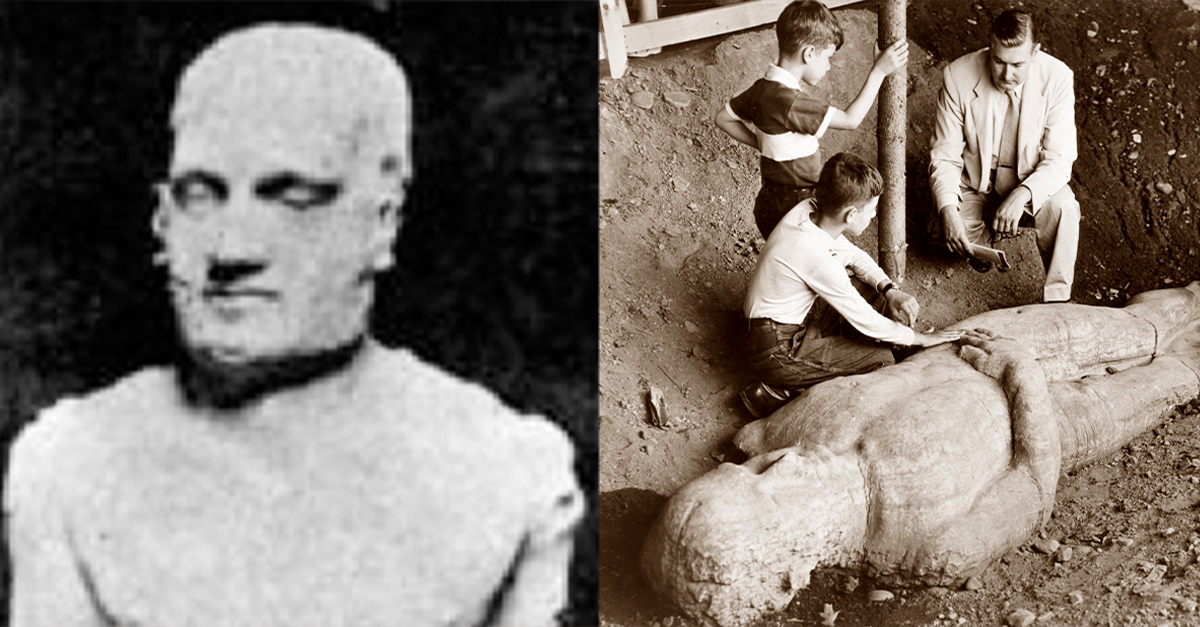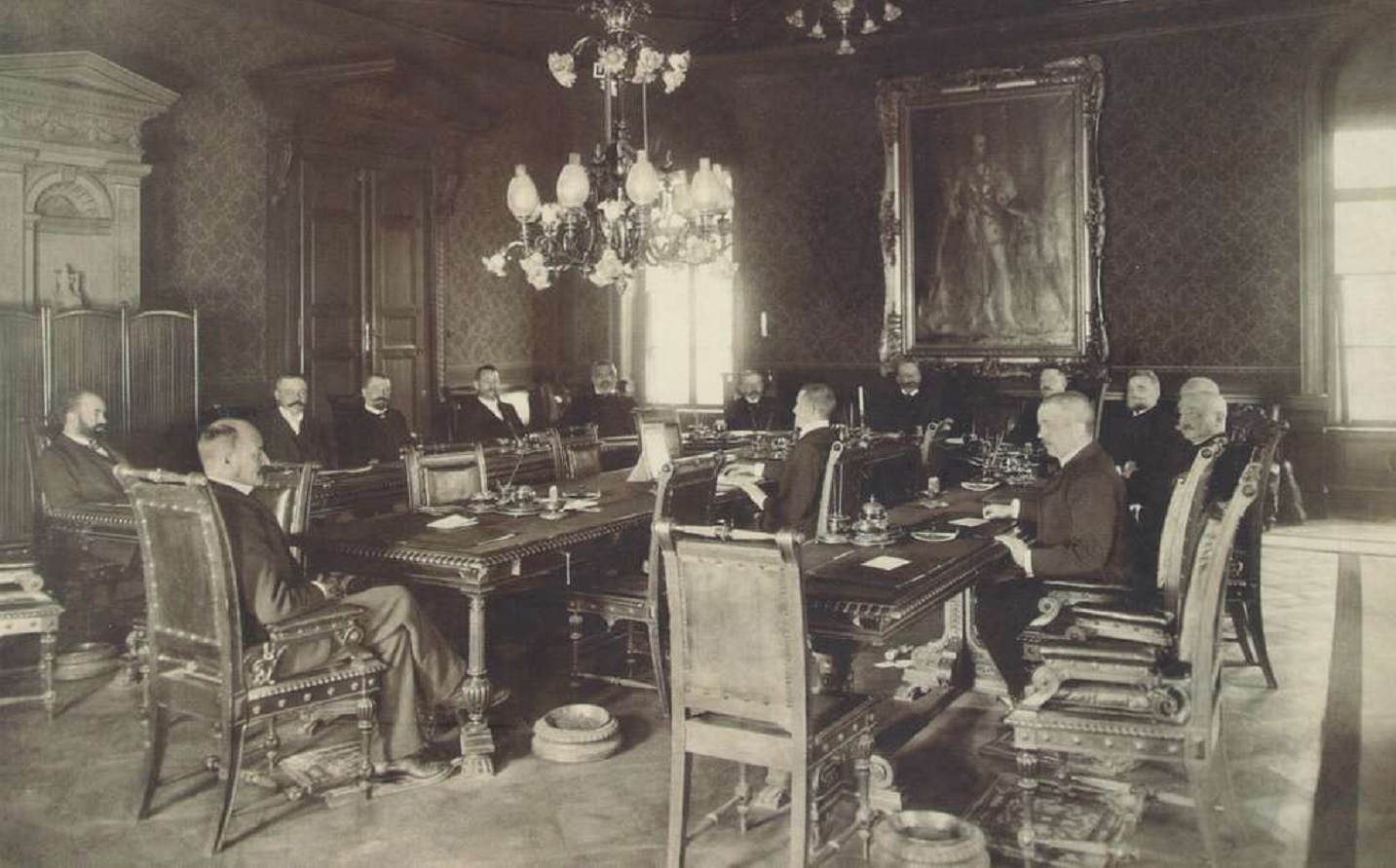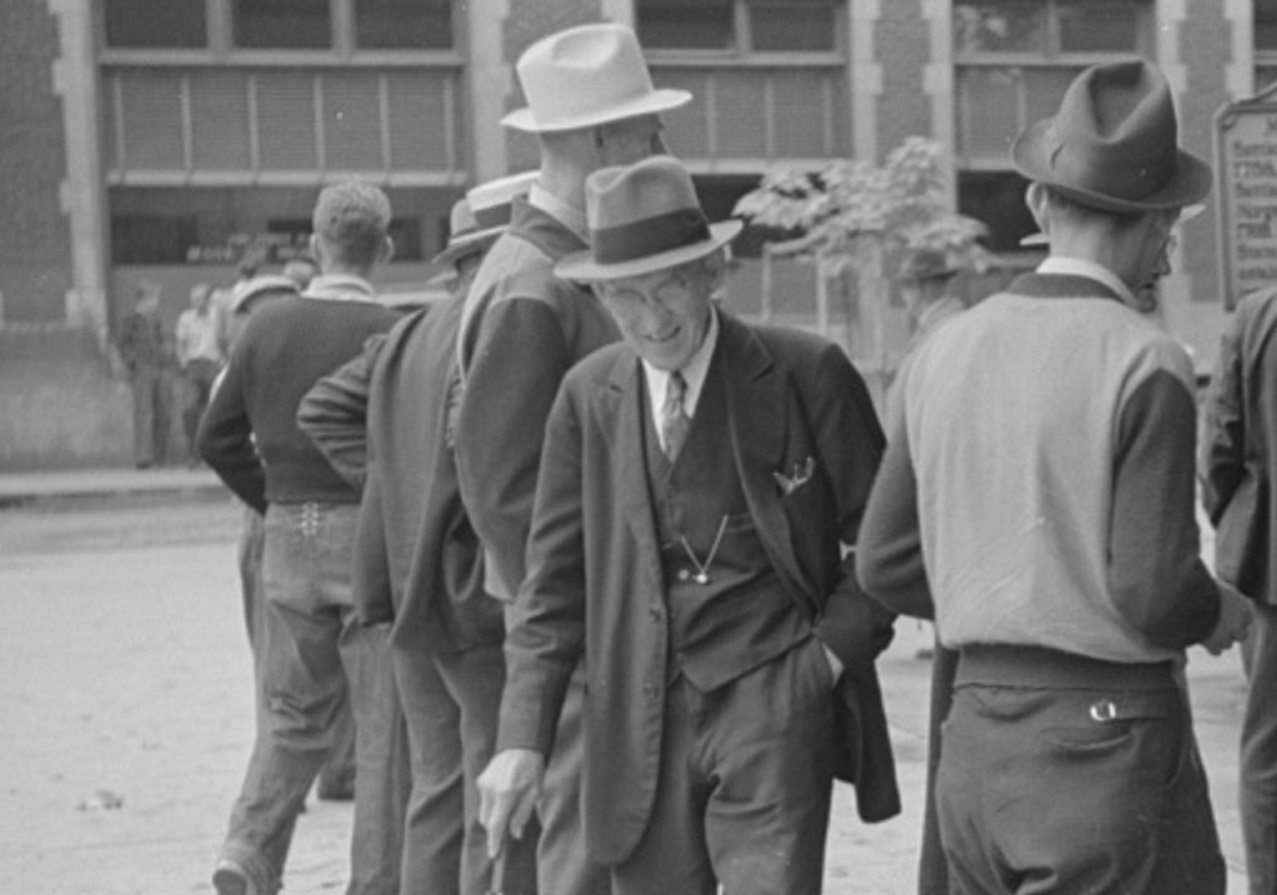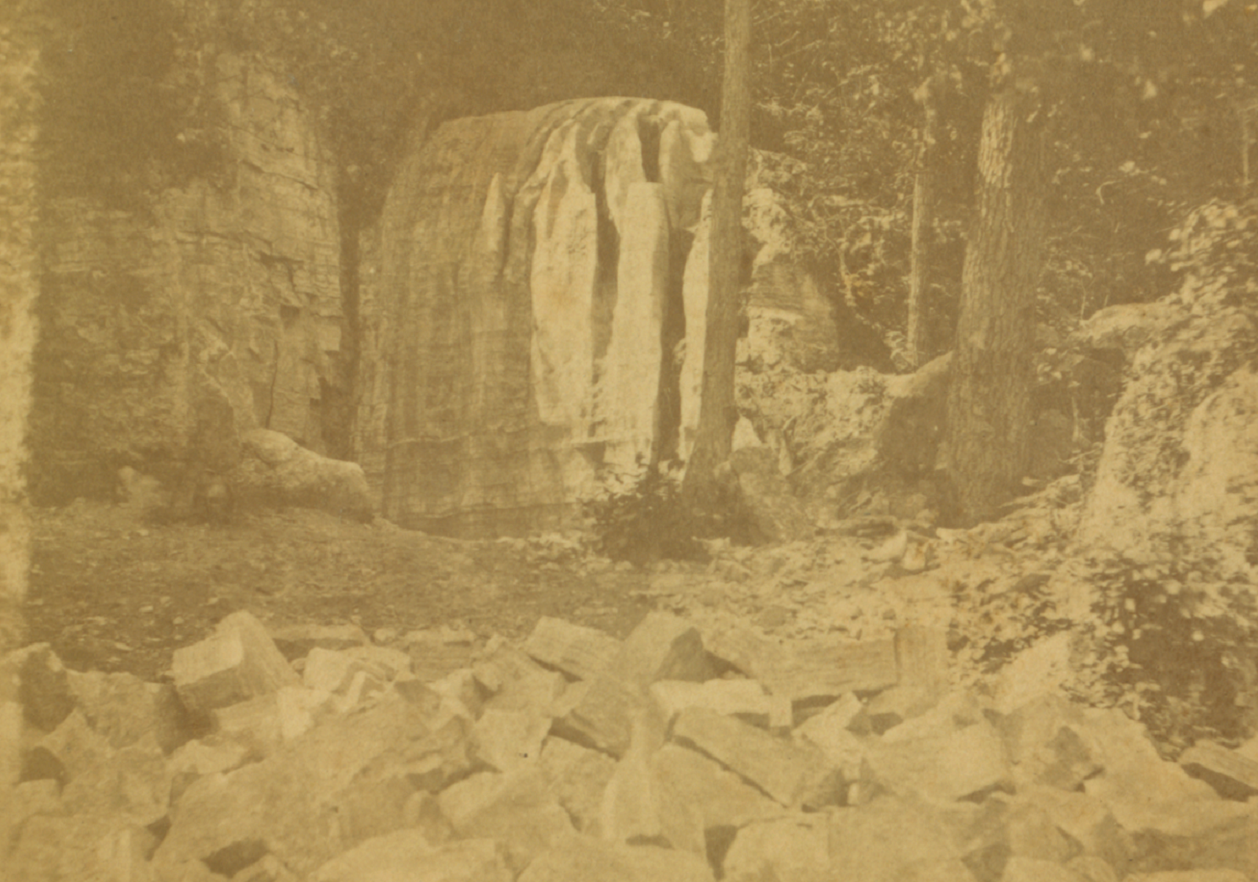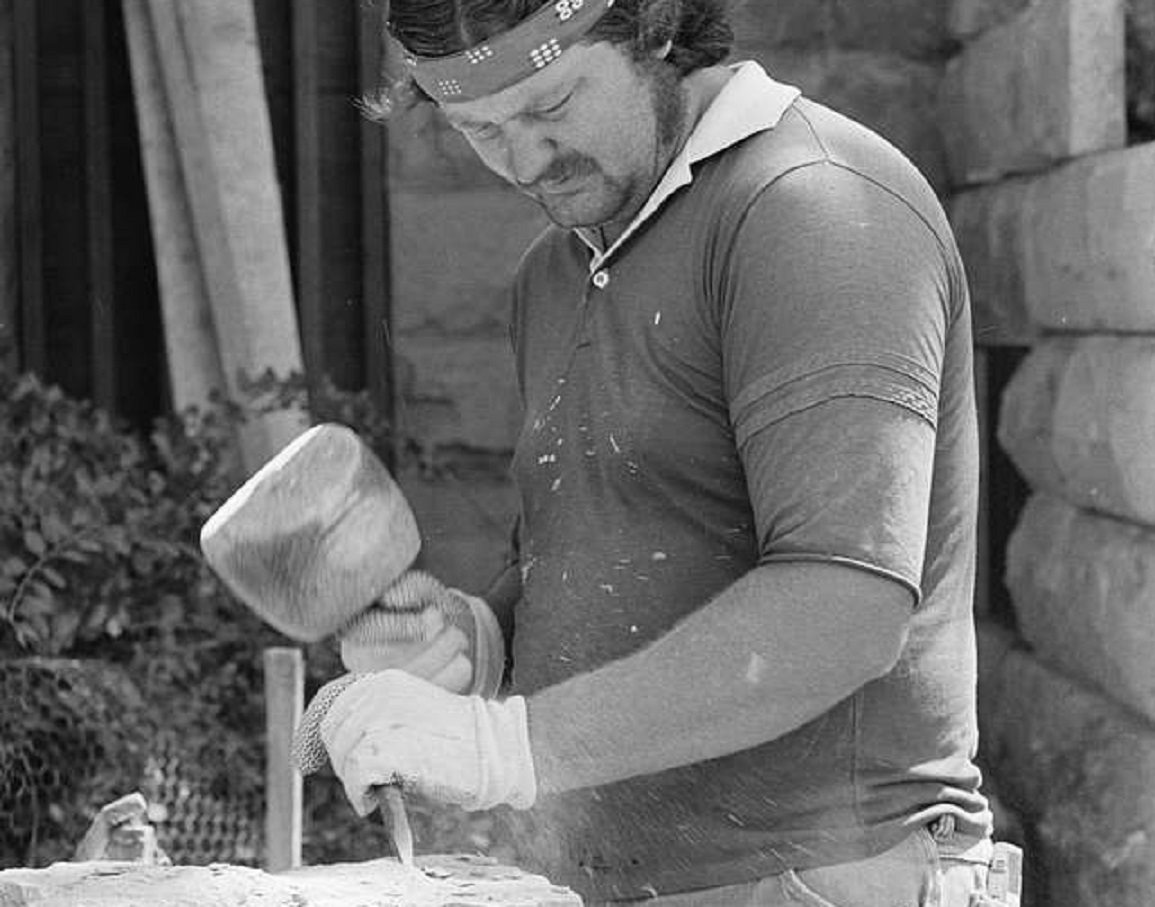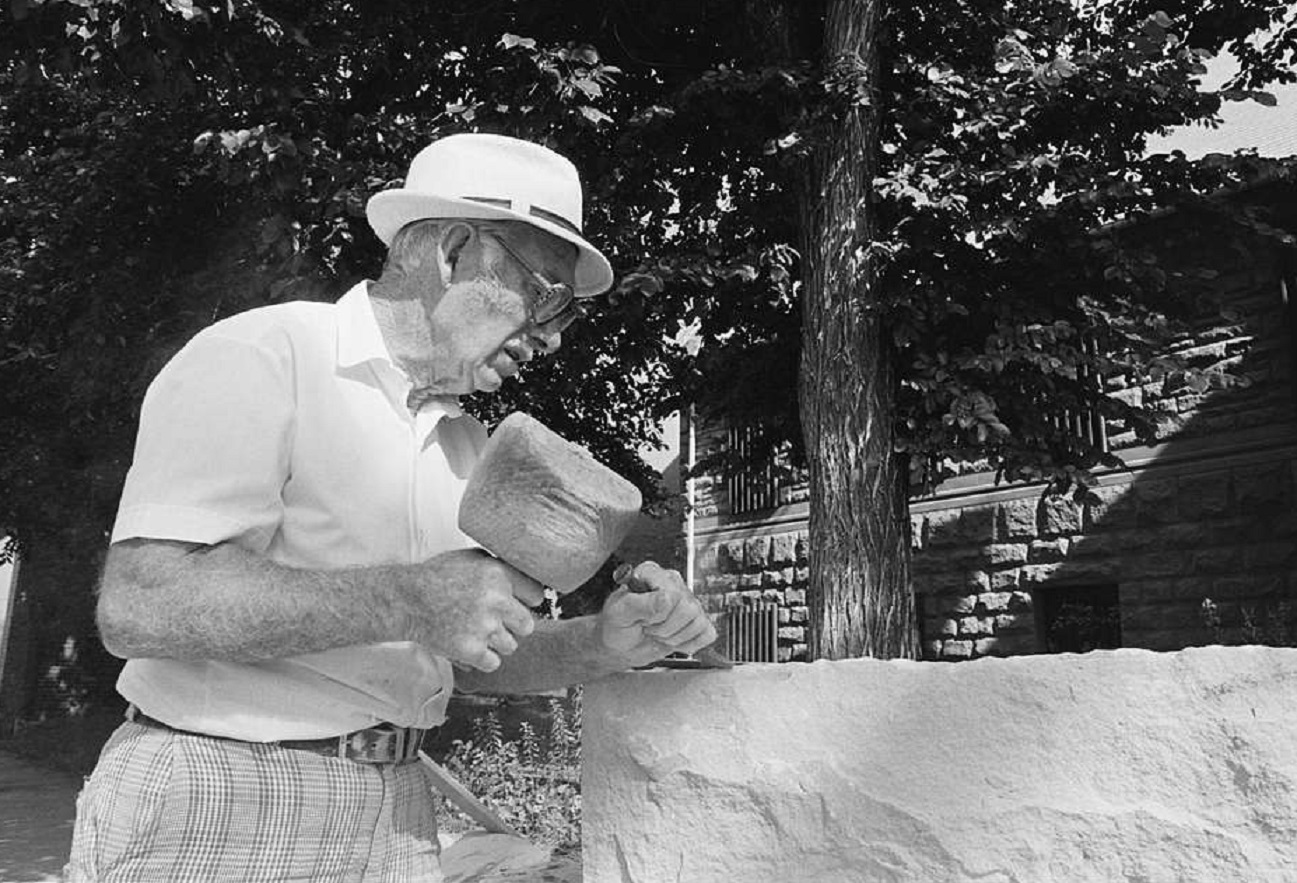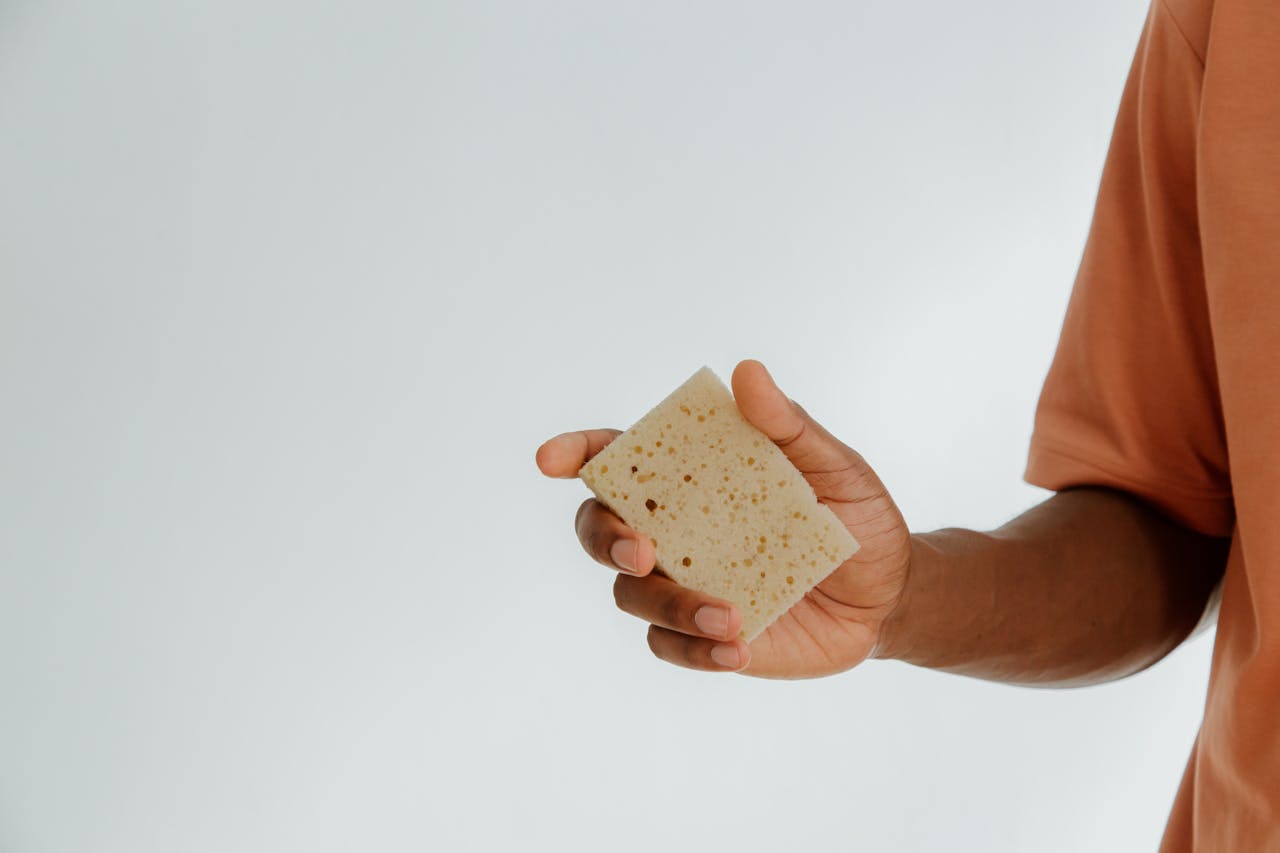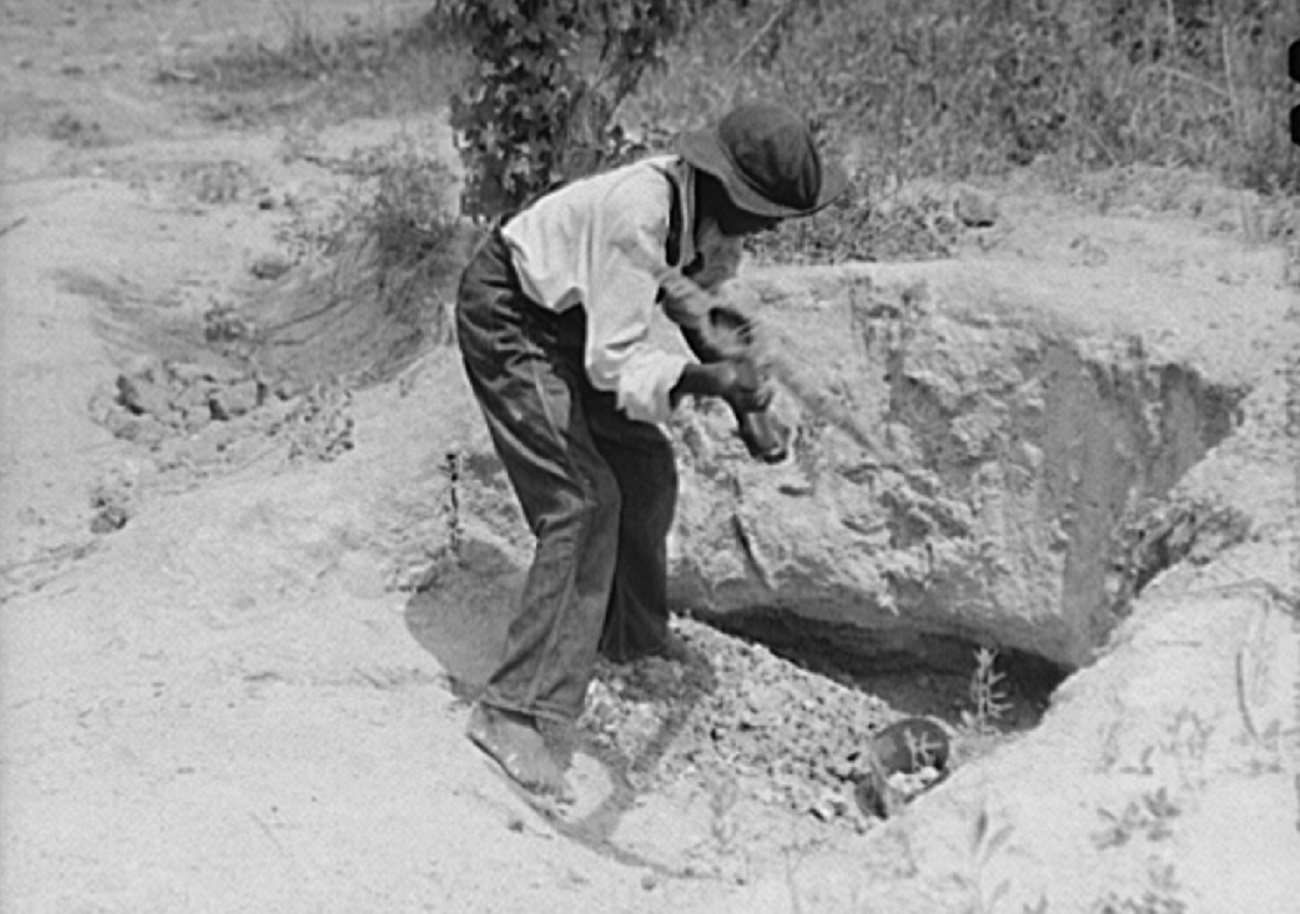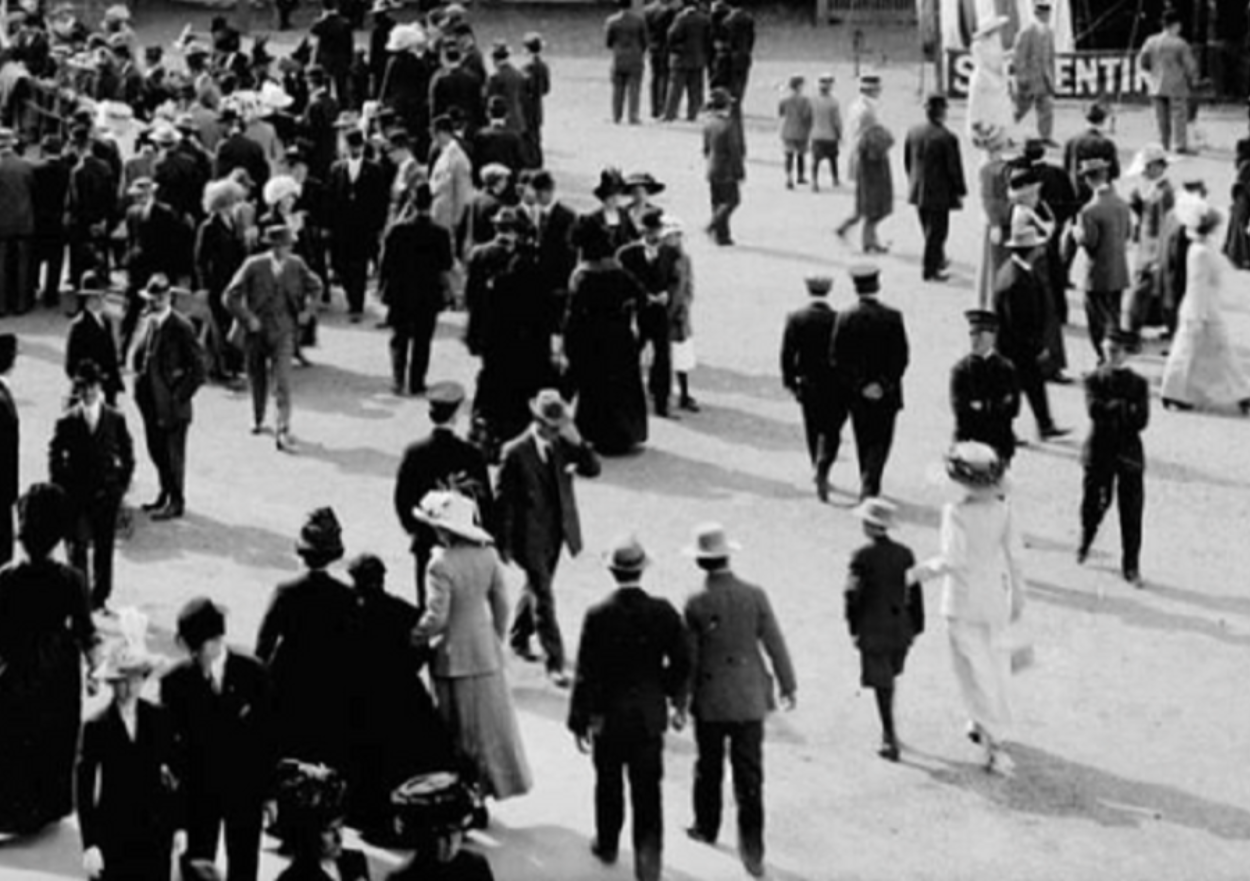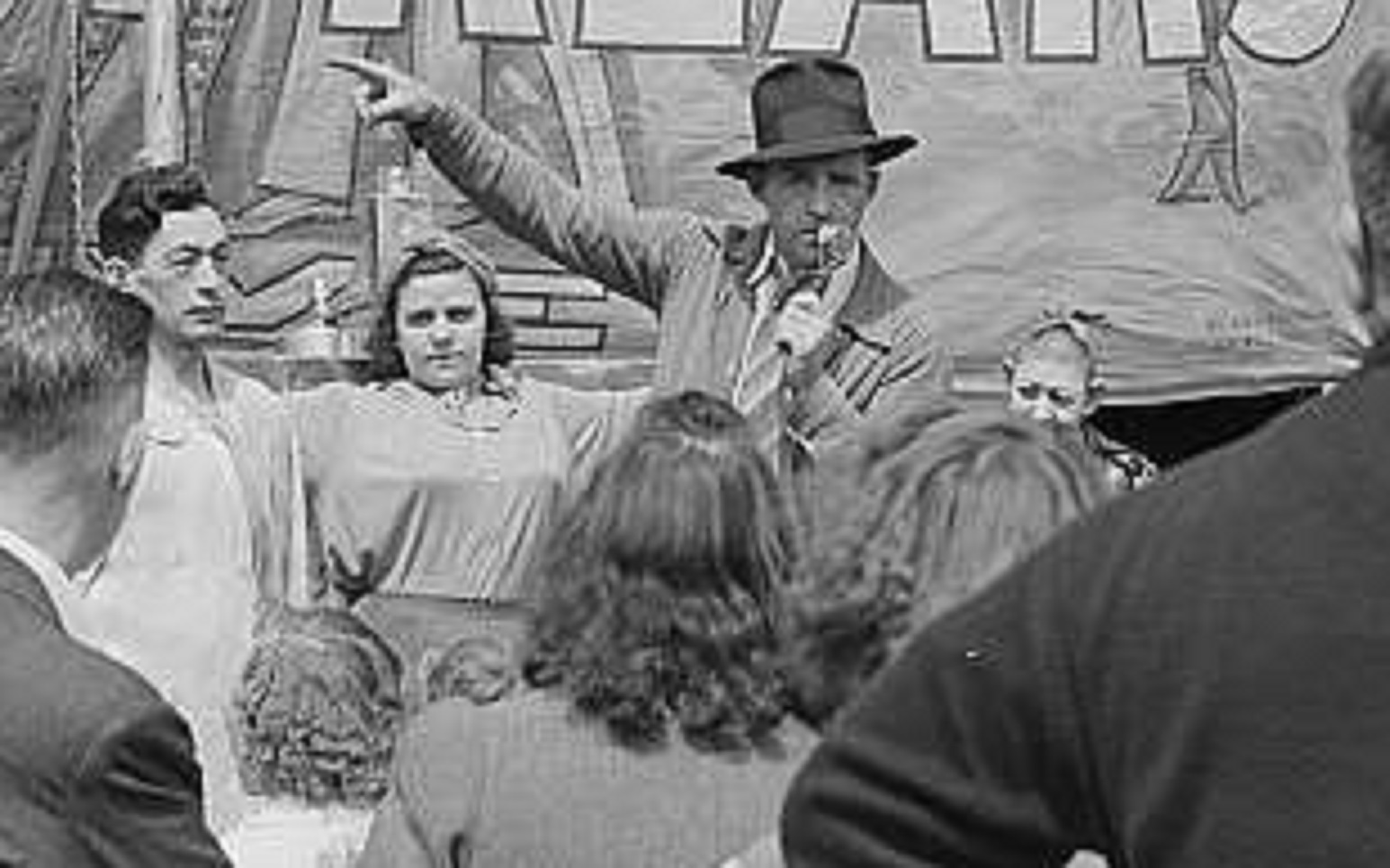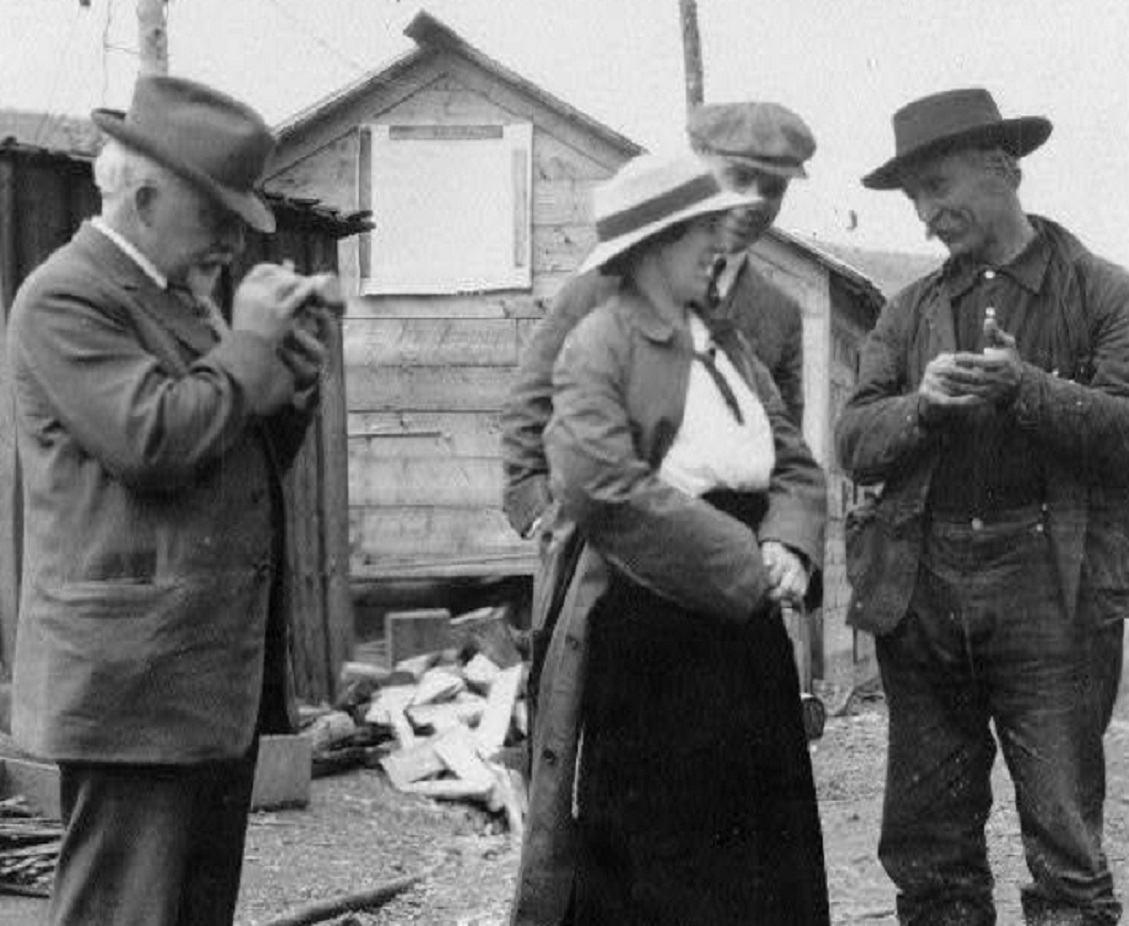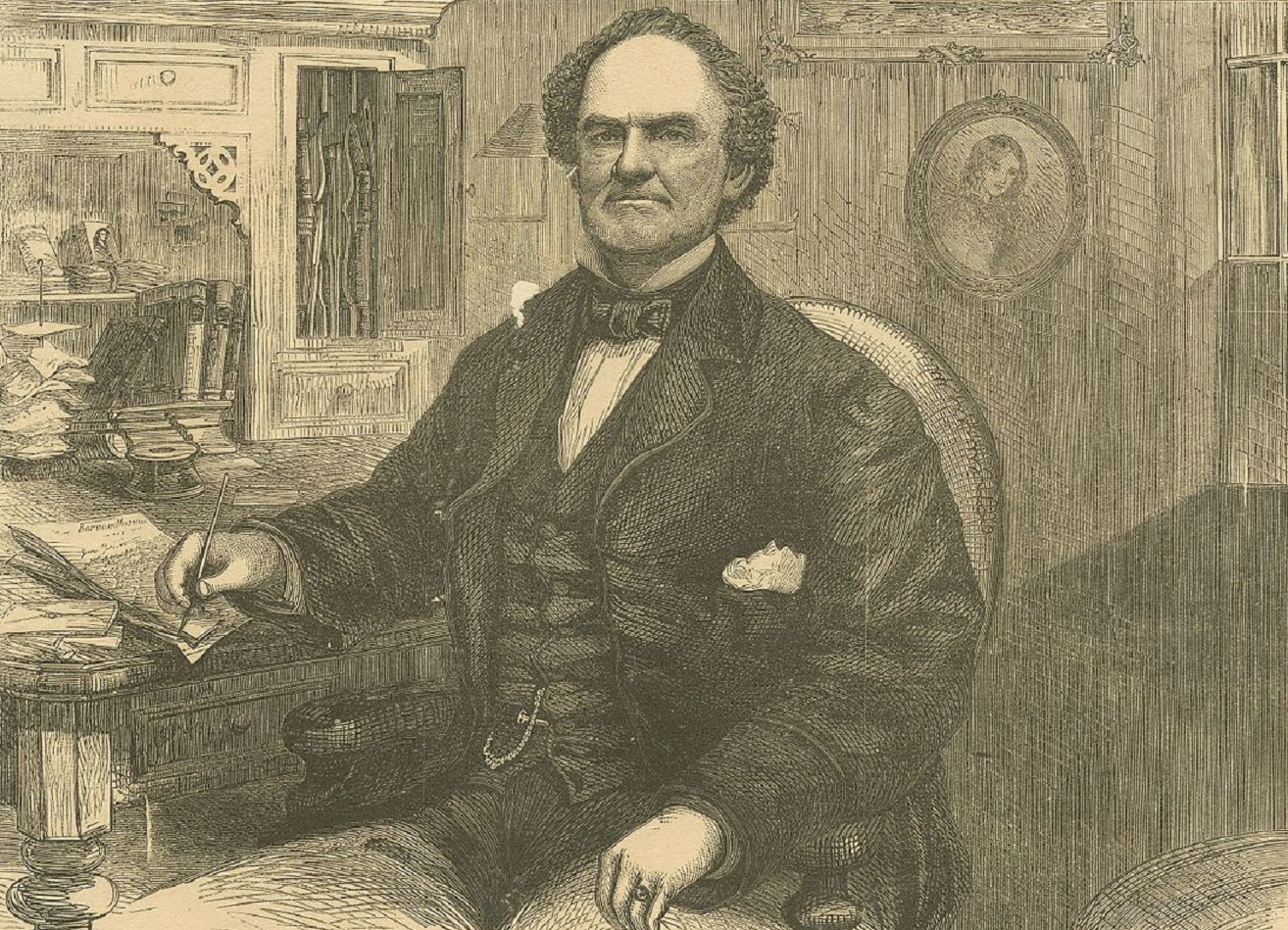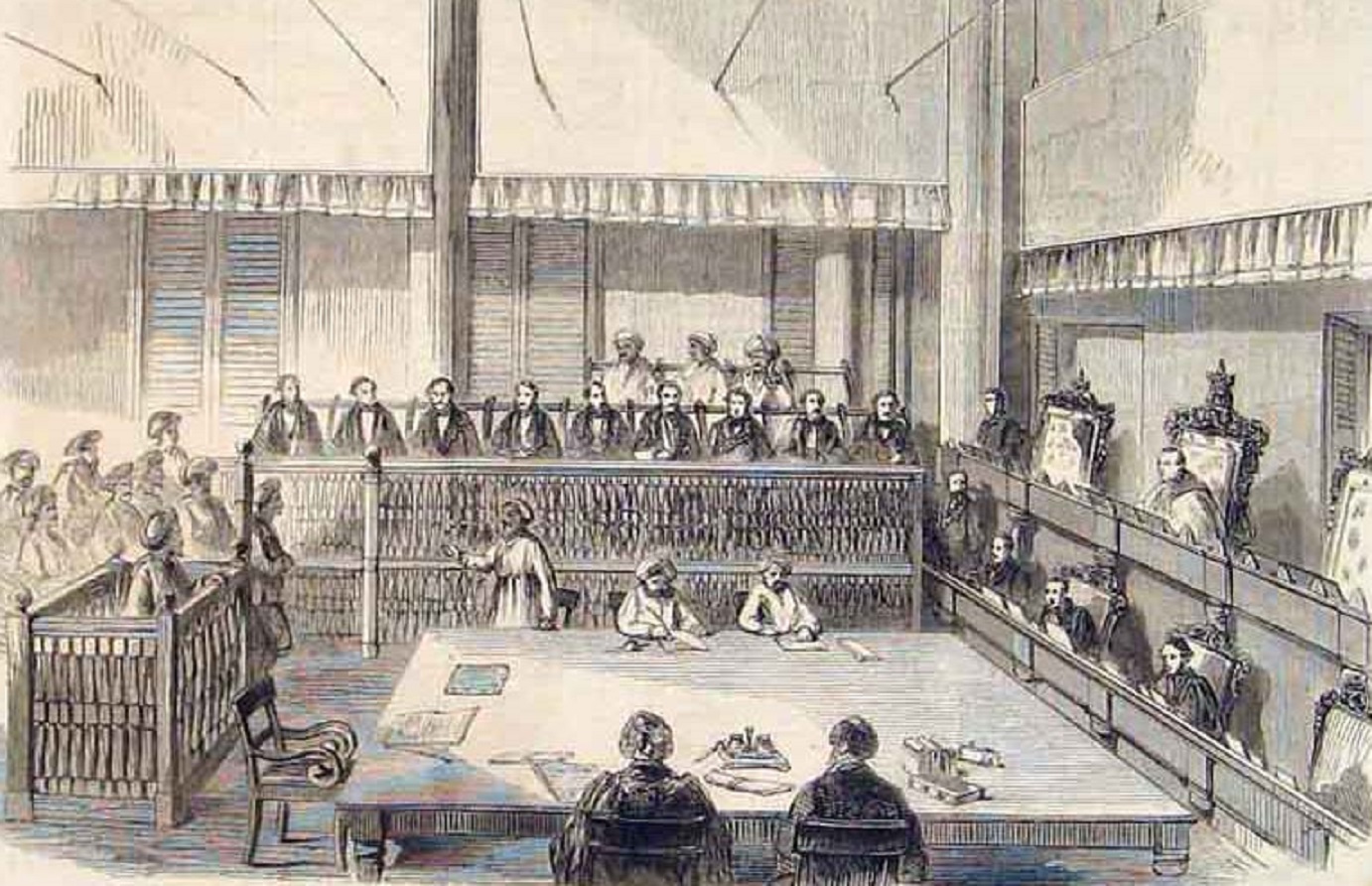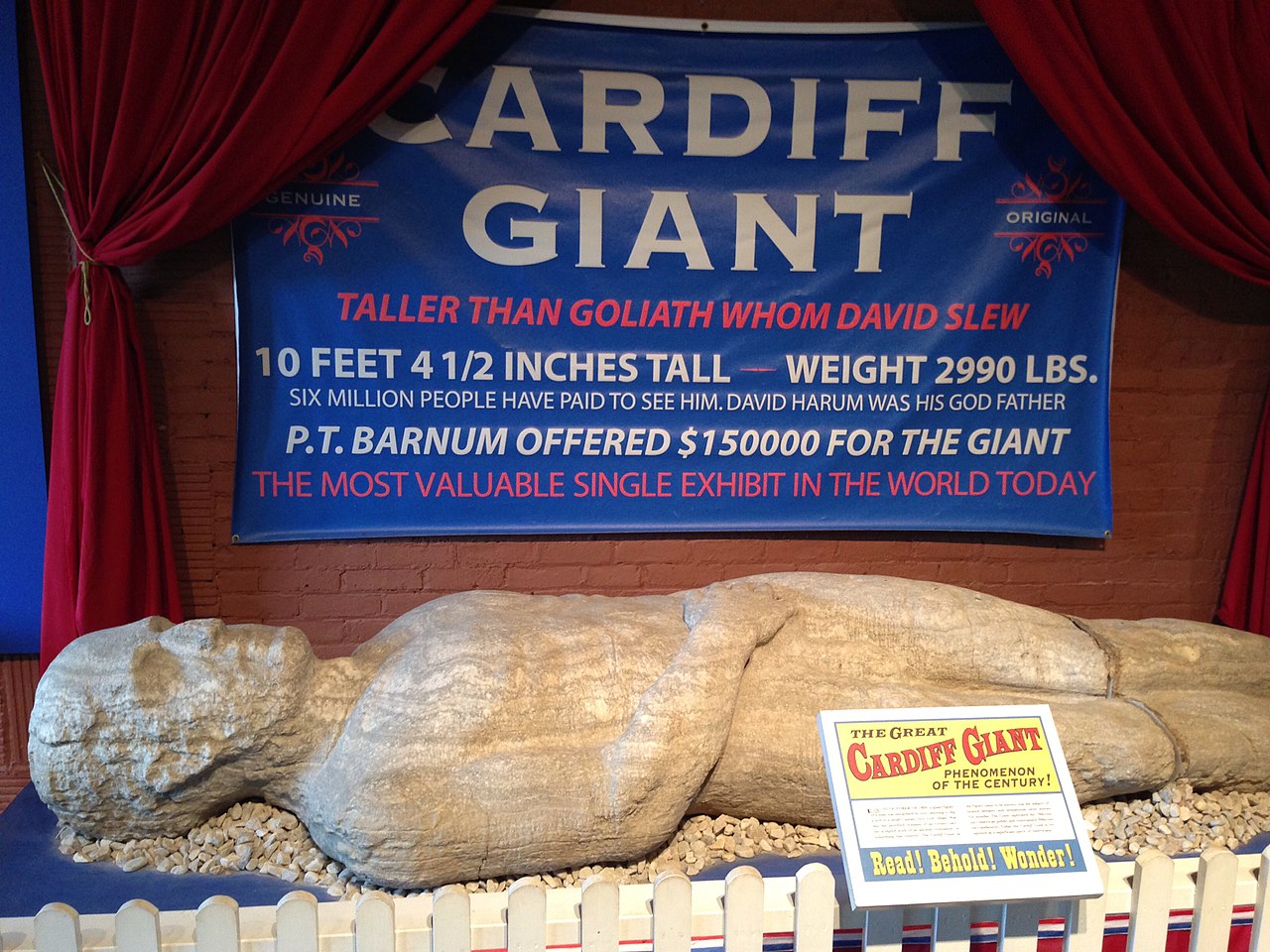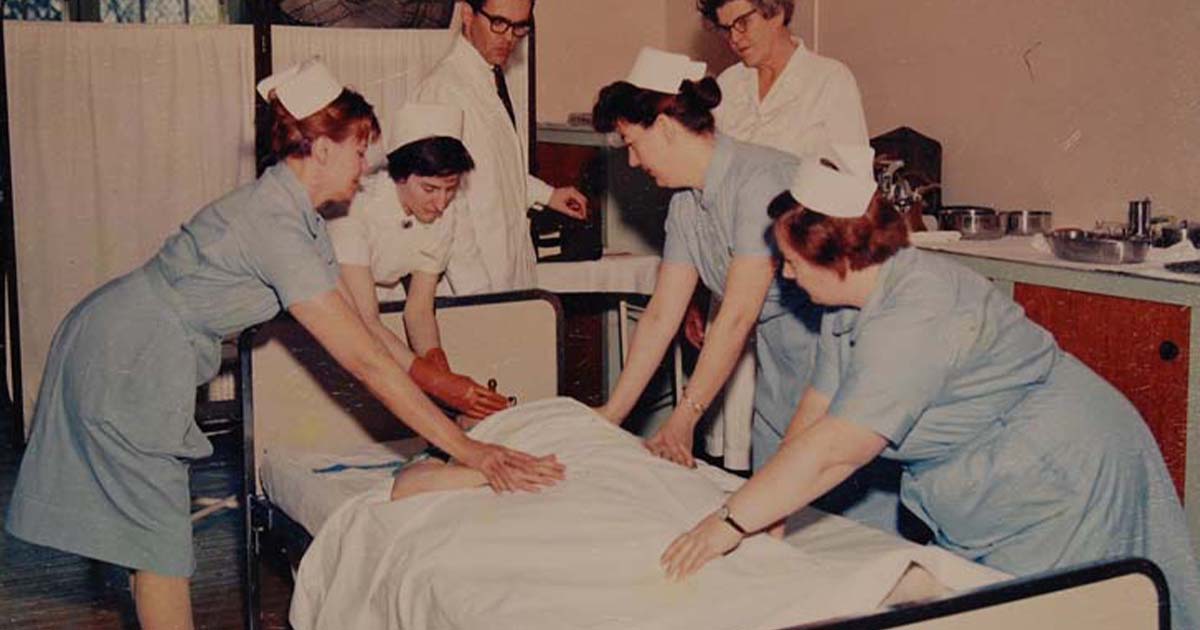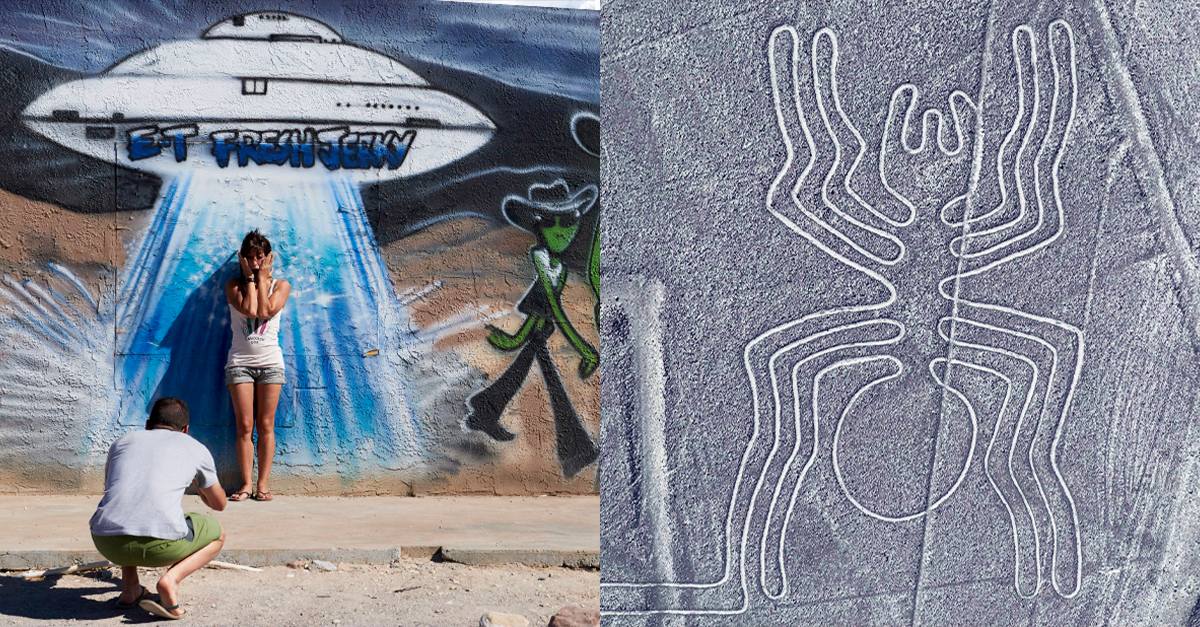The Petrified Man
Discovered on October 16, 1869, the Cardiff Giant—believed to be a "petrified man"—has gone down in American history as one of the most bizarre archaeological hoaxes.

The Place Of Rest
This discovery took place in Cardiff, New York.
While shoveling to make a well behind a barn, workers unearthed a strange, 10-foot figure that weighed a whopping 3,000 pounds—what would become known as the Cardiff Giant.
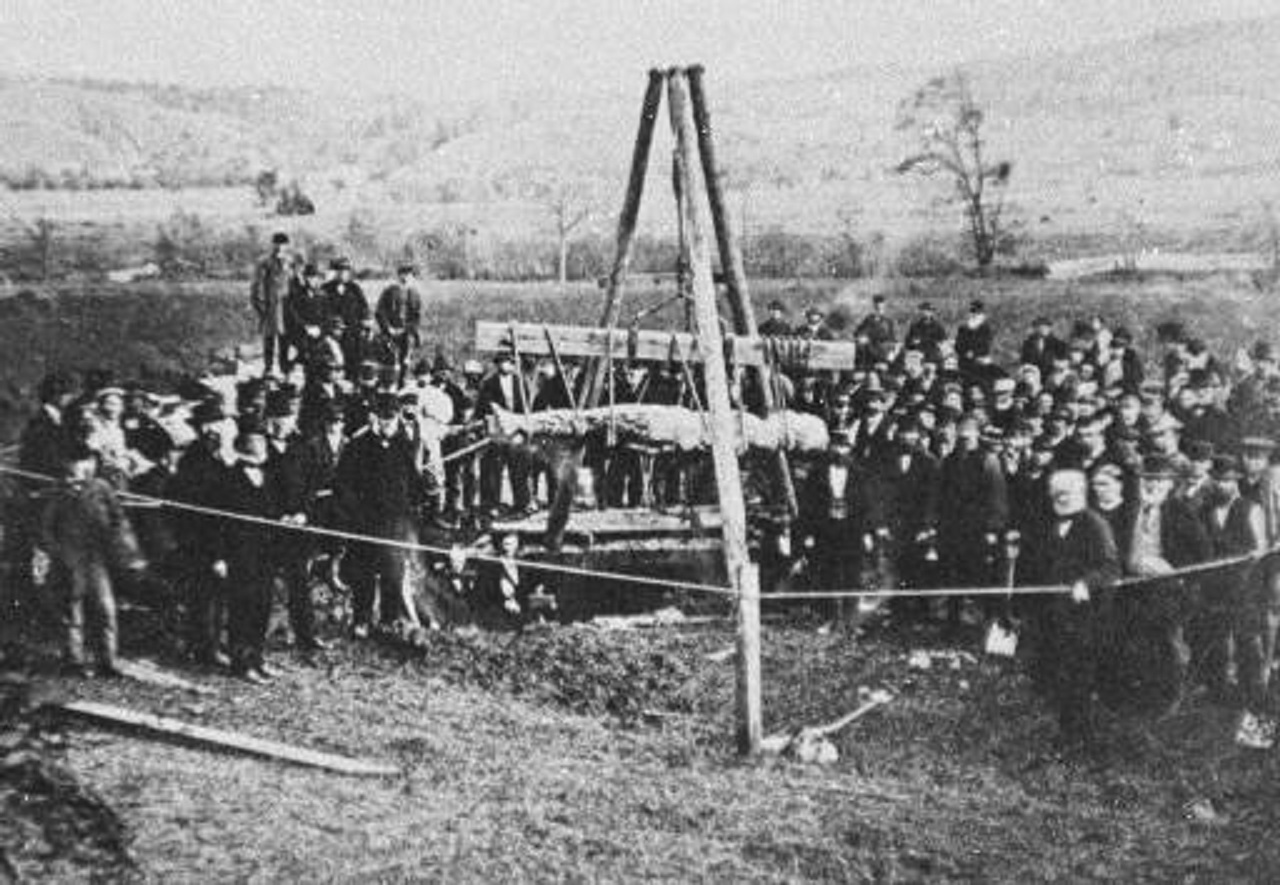 Unknown Author, Wikimedia Commons
Unknown Author, Wikimedia Commons
The Creator
So where did this giant come from? Well, it all began with a man named George Hull—an atheist with a love of science and a belief in Darwin's theory of evolution. However, his views were often a hot topic of debate.
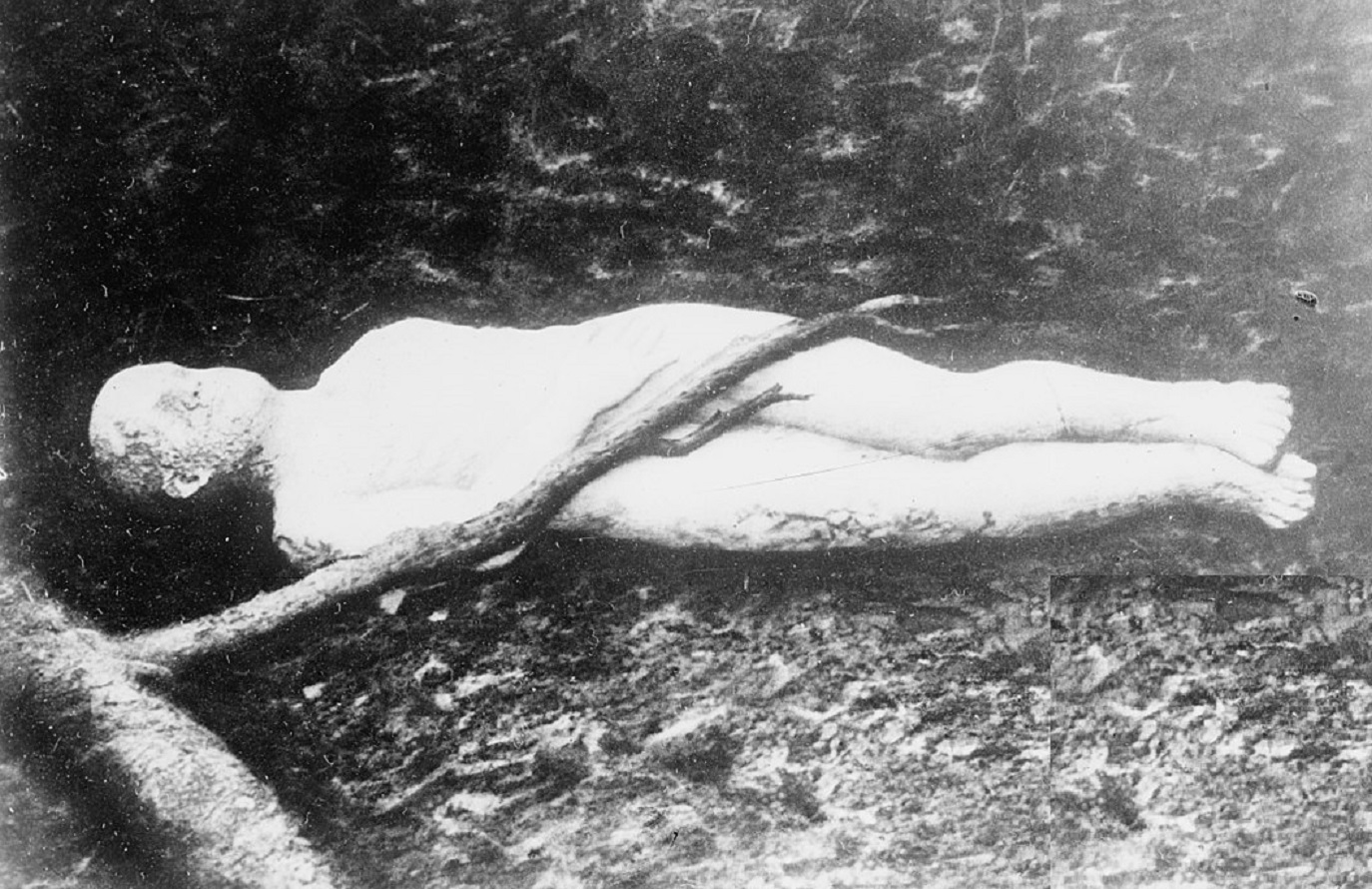 Bain News Service, Wikimedia Commons
Bain News Service, Wikimedia Commons
The Spark
George Hull, with his science-based beliefs, clashed mightily with a reverend and his followers. At a Methodist revival meeting, they quarreled over a bible passage about giants and how they once roamed the earth.
An Act Of Revenge
In the end, the religious party won the argument over Hull, who was left infuriated by their beliefs. In a way, he decided to get some petty revenge.
Hull set out to create a fake giant to demonstrate how simple it was to trick these gullible people.
Putting The Plan Into Action
In 1868, with a vengeful fire beneath him, George Hull put his plan into action. He hired a group of workers to extract a massive slab of gypsum in Fort Dodge, Iowa. But he lied to them about its purpose.
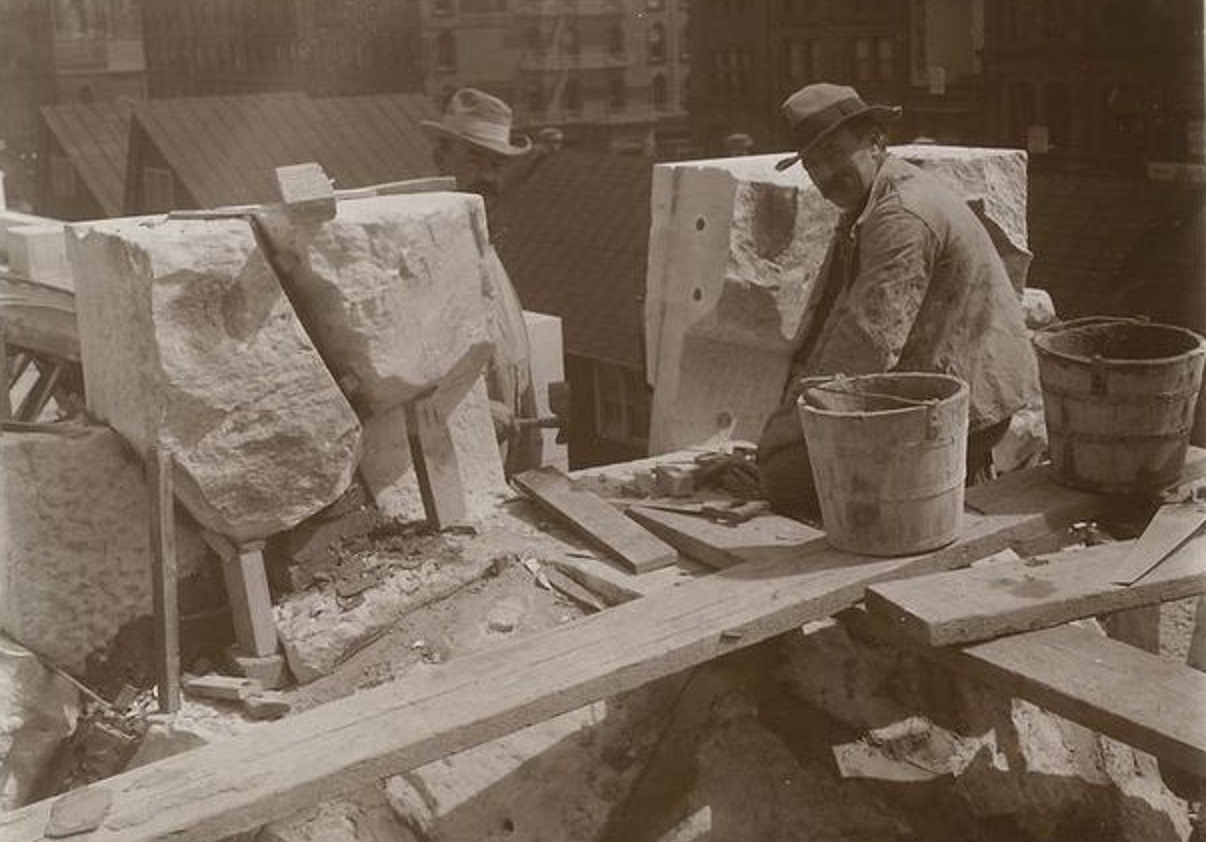 New York Public Library, Picryl
New York Public Library, Picryl
He Lied
Hull told the men quarrying his gypsum that he needed it for an Abraham Lincoln statue—a monument that would reside in New York... Nothing could have been further from the truth.
Sworn To Secrecy
Once he got his hands on the material, Hull sent it to a stonecutter in Chicago—Edward Burghardt, a man who'd been sworn to secrecy.
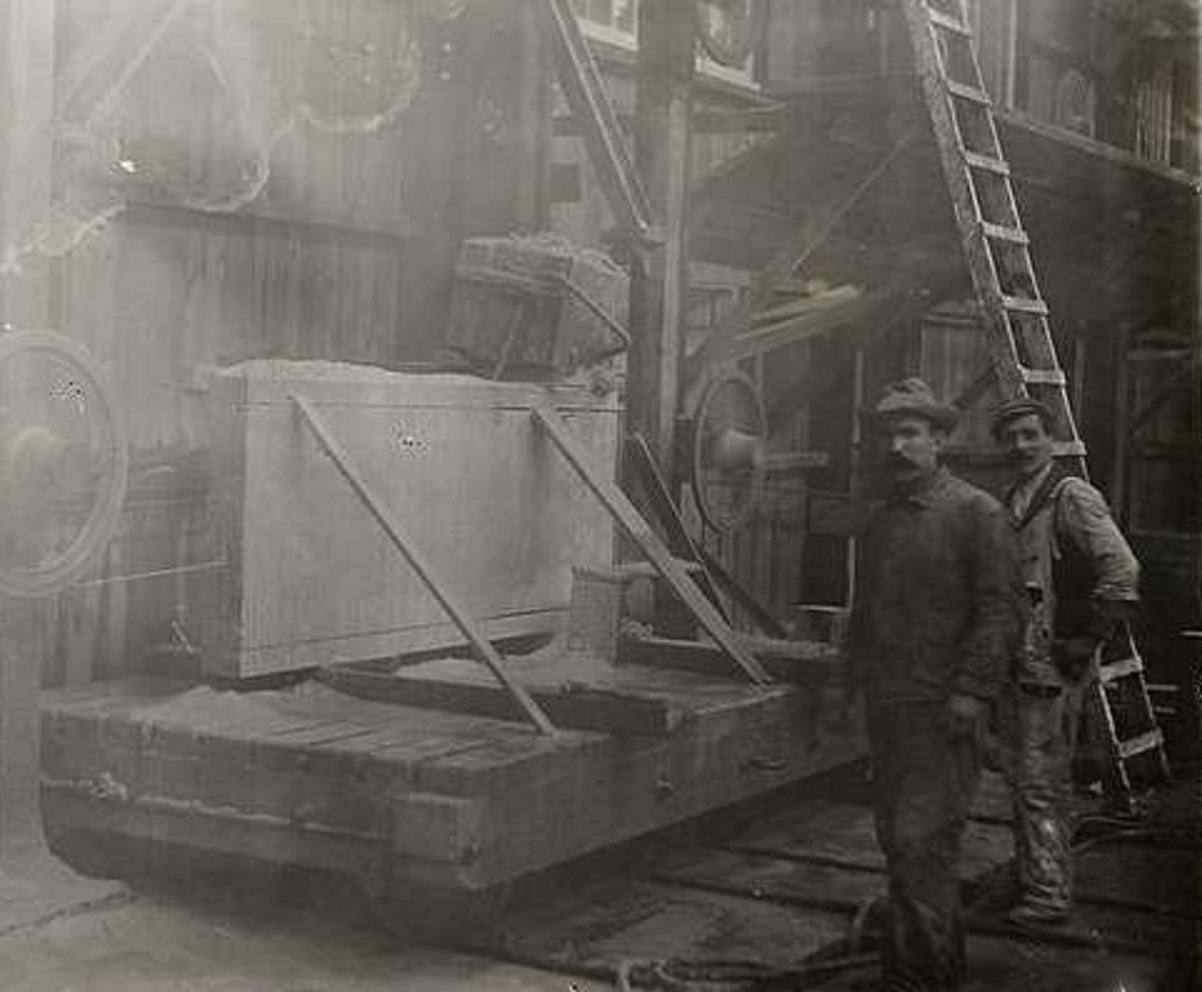 New York Public Library, Picryl
New York Public Library, Picryl
Keeping It On The Down Low
Under Burghardt, the sculptor Henry Salle and Fred Mohrmann got down to business, carving Hull's mysterious giant.
They kept the project under wraps, making sure to muffle their noisy work with quilts. However, there were some bumps along the way.
No Hair Here
George Hull made sure to get his facts right. Though the giant was made in his likeness, Hull sought a geologist for consult.
The geologist informed Hull that hair couldn't be petrified, and so the sculptors removed any "hair" on the giant.
All In The Details
To make the giant seem ancient and properly eroded, Hull soaked a sponge in sand and water and essentially sanded the gypsum sculpture. But that was just the tip of the iceberg.
Creating Pores
The process of aging the giant went even further. By attaching steel knitting needles to a board and knocking it against the giant's exterior, Hull created the impression of real pores.
Making It Ancient
The cherry on top of this deception was the color of the giant. Wiping sulphuric acid over the sculpture gave it an even more authentic "old" quality.
By November of 1869, the giant was finally ready to be buried.
 chemical industry, Shutterstock
chemical industry, Shutterstock
It Cost A Pretty Penny
By the time he'd perfected his fake giant, George Hull had spent $2,600 on it, which would be around $57,000 today.
Burying The Bait
The final phase in George Hull's plan was to ship his expensive giant to his cousin William Newell's farm. Arriving by train, the Cardiff Giant found a brand new home beneath the earth. All that was left to do was wait.
 Matthew Dallinger, CC BY 2.0, Wikimedia Commons
Matthew Dallinger, CC BY 2.0, Wikimedia Commons
Digging It Up
Almost a year later, in October 1869, Hull's cousin Newell hired a couple men to "dig a well"—but of course, that's when they stumbled upon the fantastic gypsum giant.
Reportedly, one of the workers cried out, "I declare, some old Indian has been buried here!"
It Was An Instant Sensation
On the first day of its exhumation, the Cardiff Giant was a free spectacle for any visitor. However, the next day, everything changed. A tent went up and Newell began turning his giant into a money-making machine.
It Was A Money-Maker
For fifteen minutes of looking at the giant, Newell charged his visitors fifty cents. Soon, the demand skyrocketed, with around 300 to 500 people visiting the site per day.
It Helped Out The Town
For the town of Cardiff, the Cardiff Giant was a downright blessing for its economy. Due to the influx of visitors, the restaurants and hotels experienced an unprecedented wave of customers.
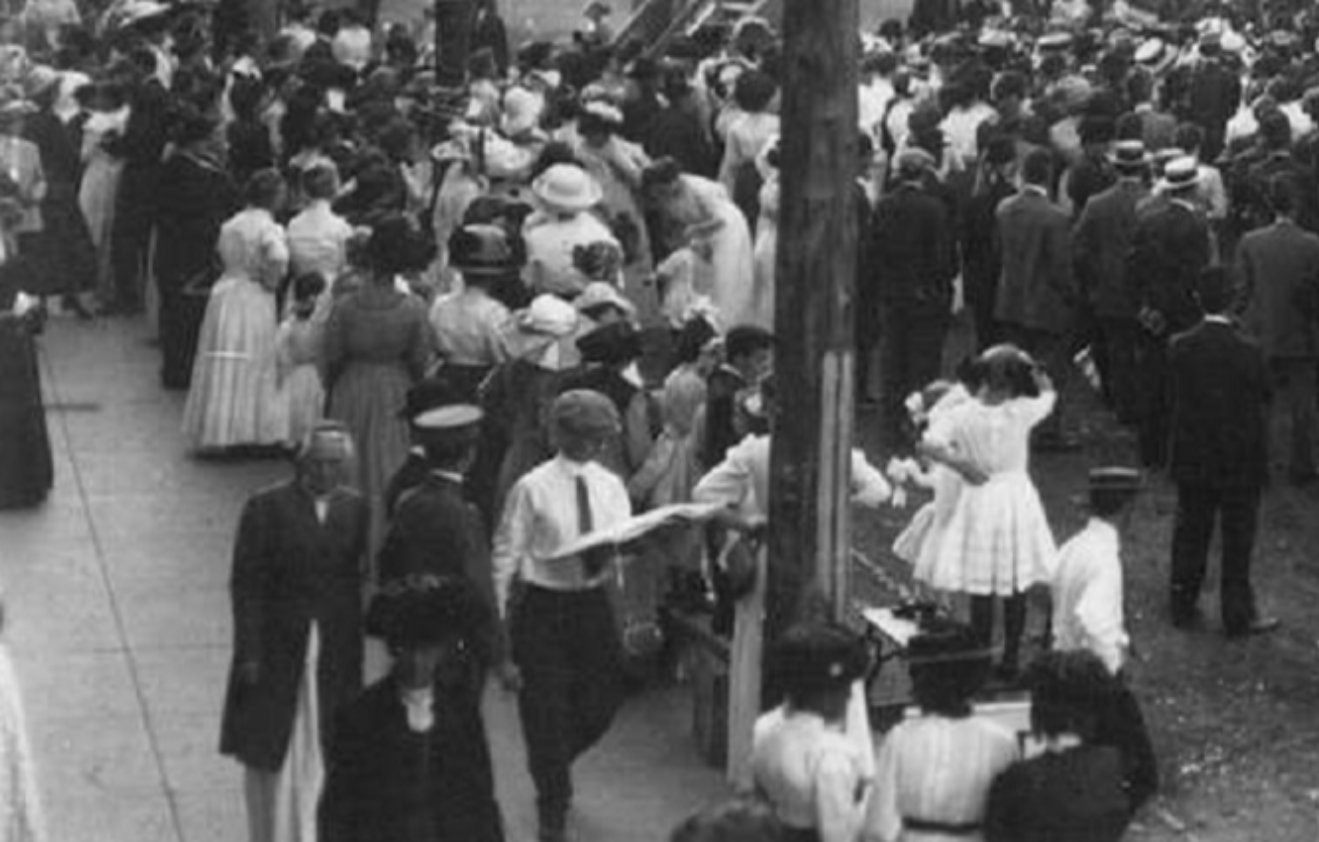 Miami University Libraries, Picryl
Miami University Libraries, Picryl
So Much Speculation
With such a spectacle as the Cardiff Giant, people and professionals began speculating. Some thought it was a statue, while others insisted it was a petrified man. As Hull expected, some religious folks did indeed believe it was one of the giants from the Bible.
New Theories
John F Boynton was the very first geologist to take a close look at the Cardiff Giant. With his expertise, he said there was no way the giant could be a real man.
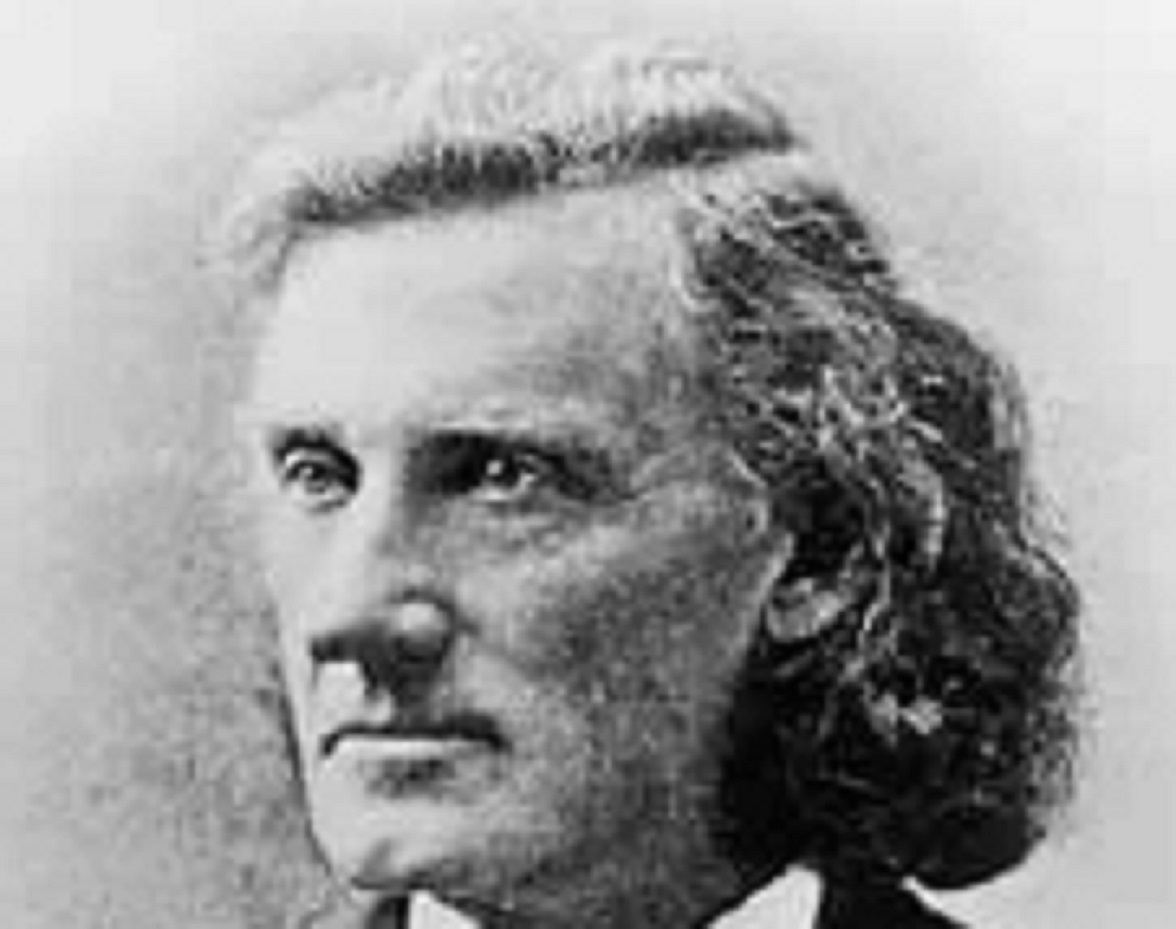 Unknown Author, Wikimedia Commons
Unknown Author, Wikimedia Commons
Wild Guesses
Instead, Boynton theorised that it was a 16th or 17th century sculpture. He also believed it was created by a French Jesuit to dazzle the Indigenous locals.
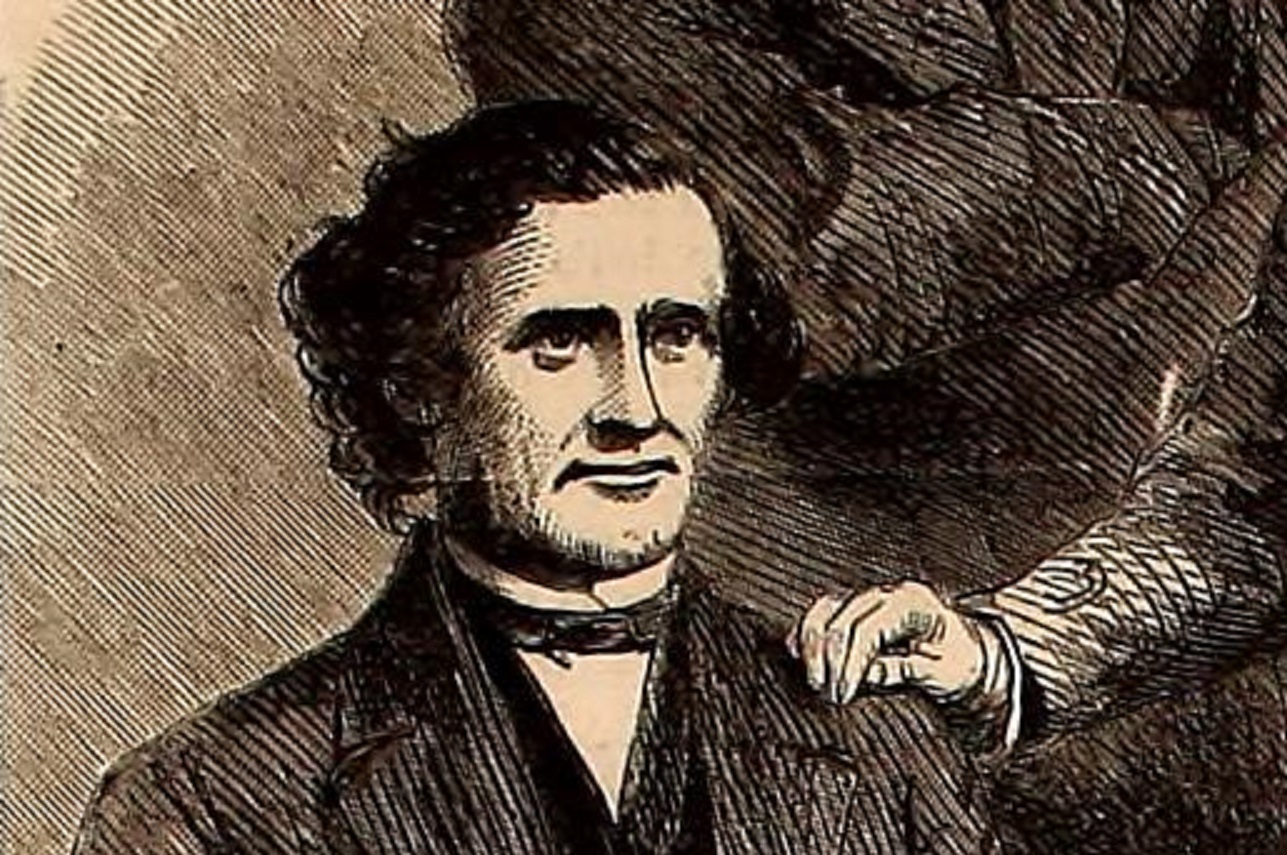 Internet Archive Book Images, Wikimedia Commons
Internet Archive Book Images, Wikimedia Commons
A Suspicious Location
The first president of Cornell University, Andrew D White, also had something to say about the Cardiff Giant.
He was suspicious about the digging site for the supposed well, as there didn't seem to be a good explanation for working in that particular spot.
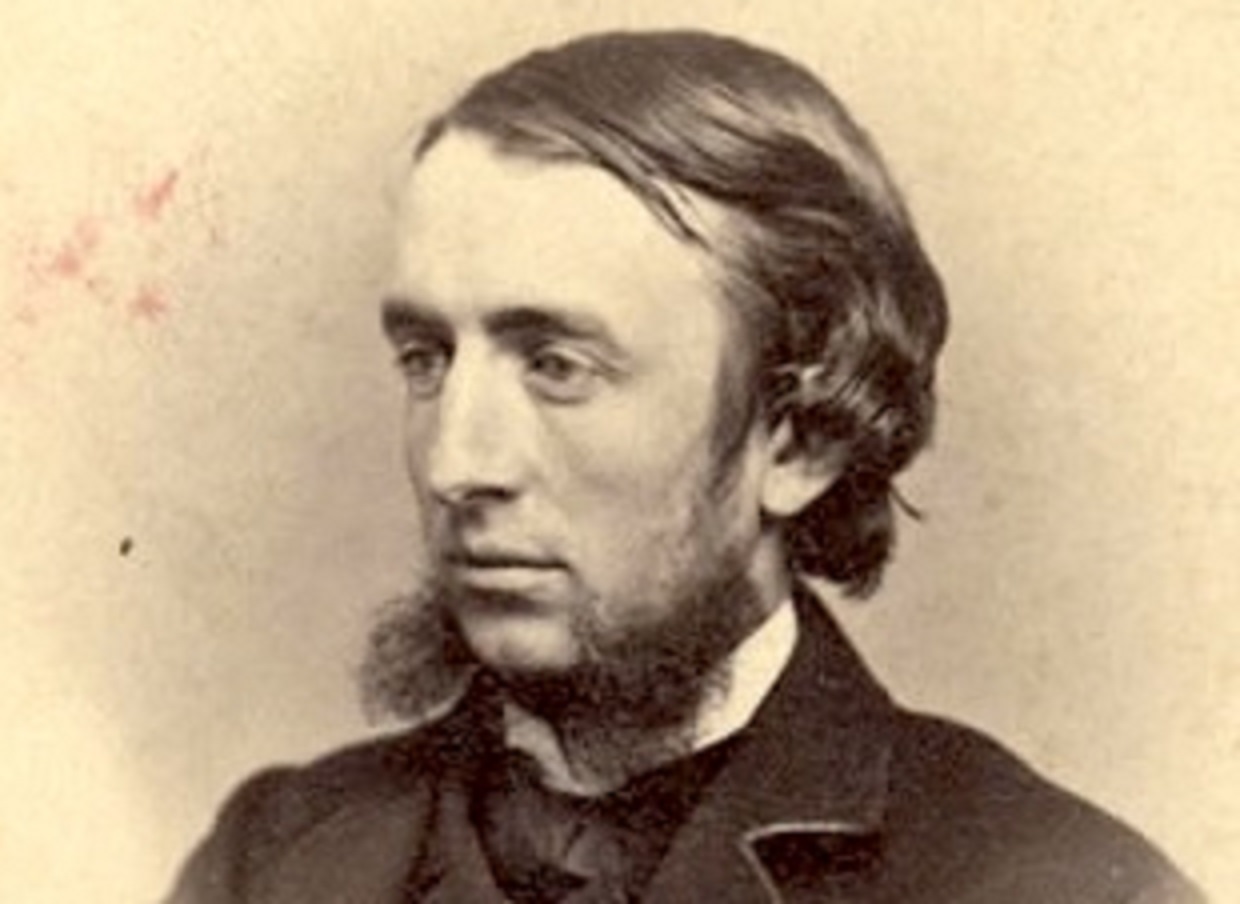 Churchill and Denison, Wikimedia Commons
Churchill and Denison, Wikimedia Commons
It Stumped Him
Andrew D White fully believed the giant was a hoax, but there was one aspect of the discovery that stumped him.
He couldn't quite explain some of the groovings on the giant as those particular markings should have taken years to form.
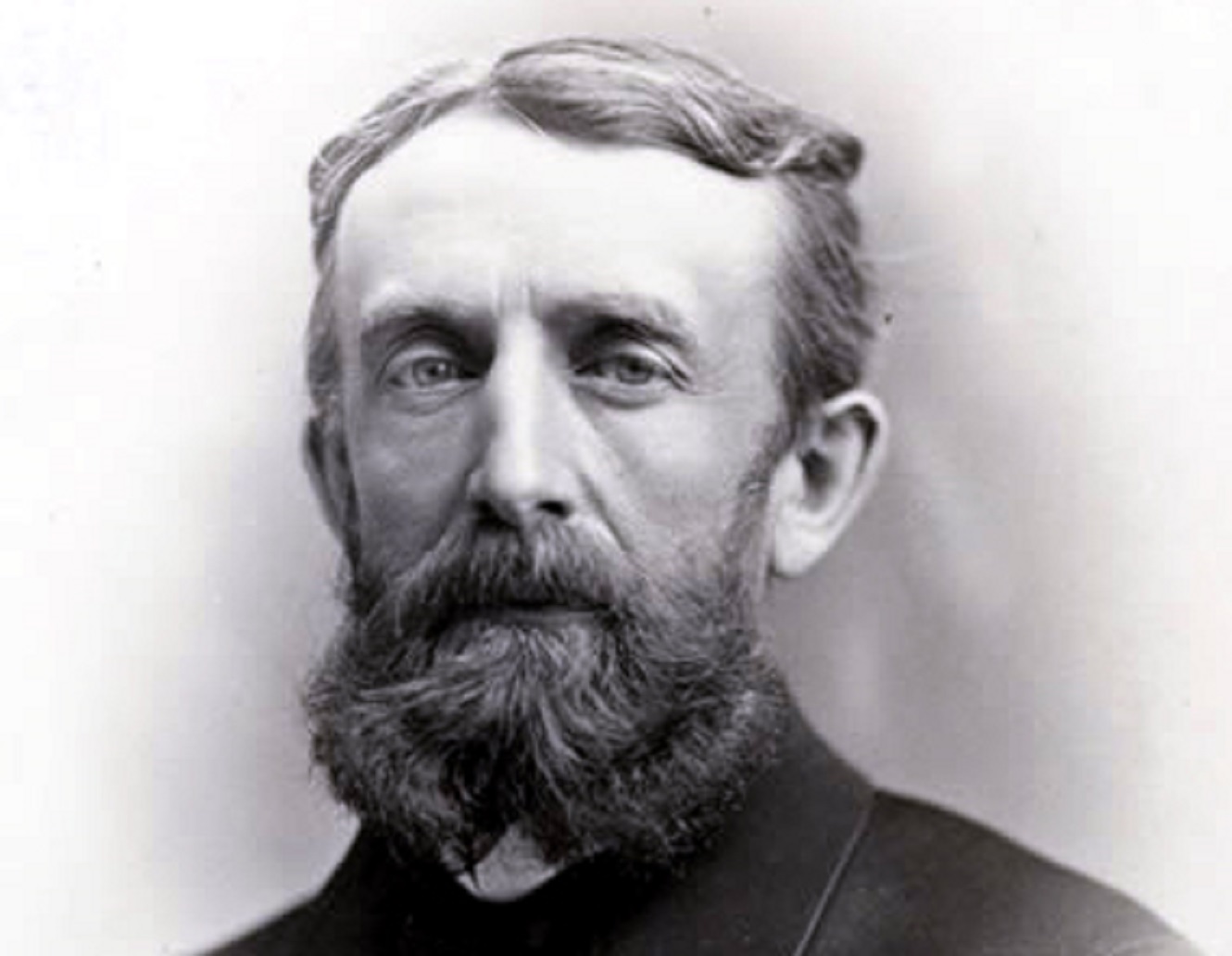 Unknown Author, Wikimedia Commons
Unknown Author, Wikimedia Commons
Little Mistakes
Similarly, Othniel C Marsh, a paleontologist from Yale, was not fooled by the Cardiff Giant.
Marsh identified the giant's make-up as soluble gypsum, and explained that it didn't make sense for the statue to have recent tool markings on it.
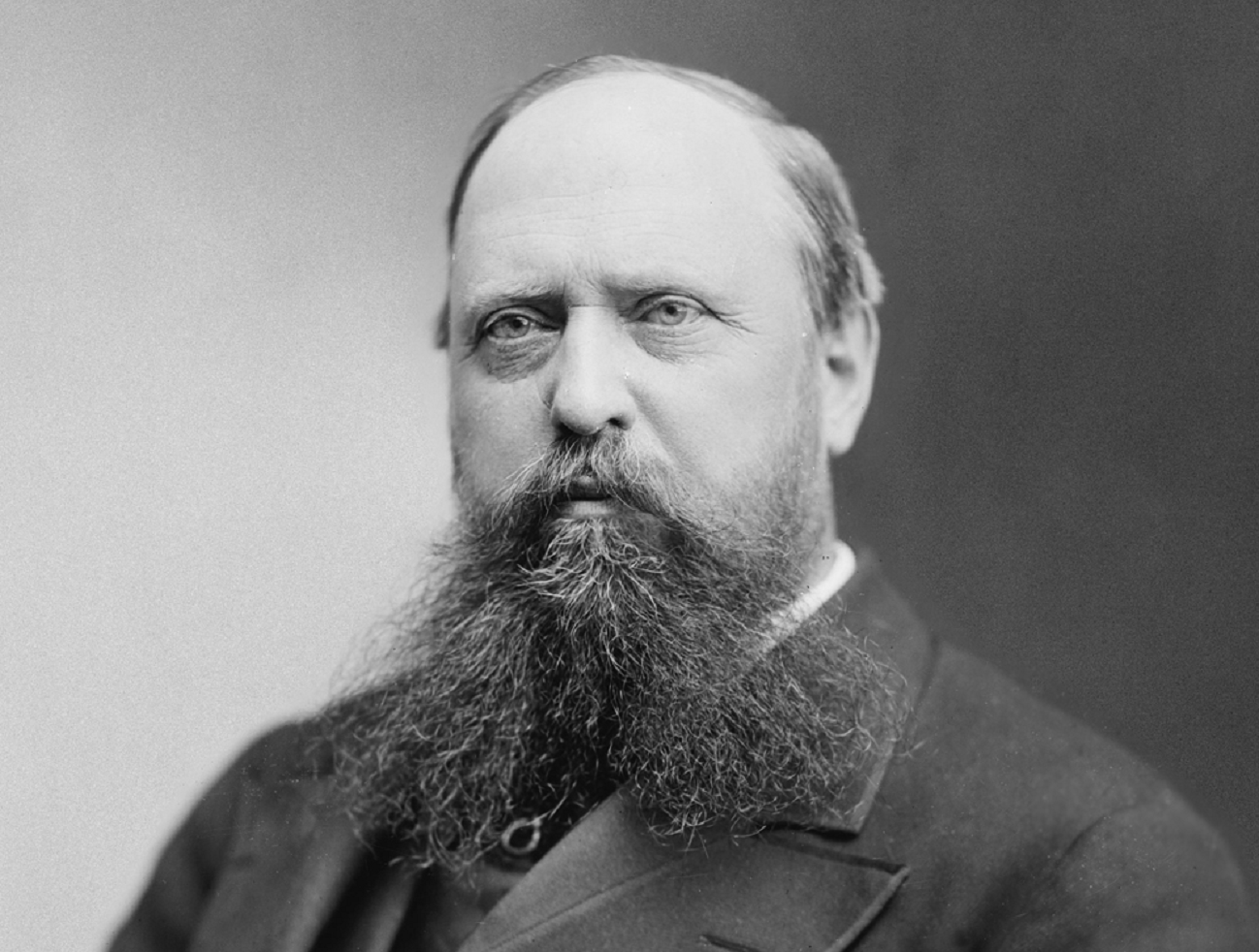 Mathew Brady ,Levin Corbin Handy, Wikimedia Commons
Mathew Brady ,Levin Corbin Handy, Wikimedia Commons
The Preachers Believed
Marsh called the giant "a most decided humbug".
But despite all the professionals weighing in with their scentific opinions, many preachers and theologians came to the giant's defense. Many religious folks were completely fooled—and this undoubtedly proved George Hull's point.
 Unknown Author, Wikimedia Commons
Unknown Author, Wikimedia Commons
It Caught The Eye Of A Famous Showman
Eventually, Hull sold the Cardiff Giant to a syndicate led by Davin Hannum. It ended up in an exhibition in Syracuse, New York, where it continued to dominate as a crowd favorite. That's when the famous showman PT Barnum took notice.
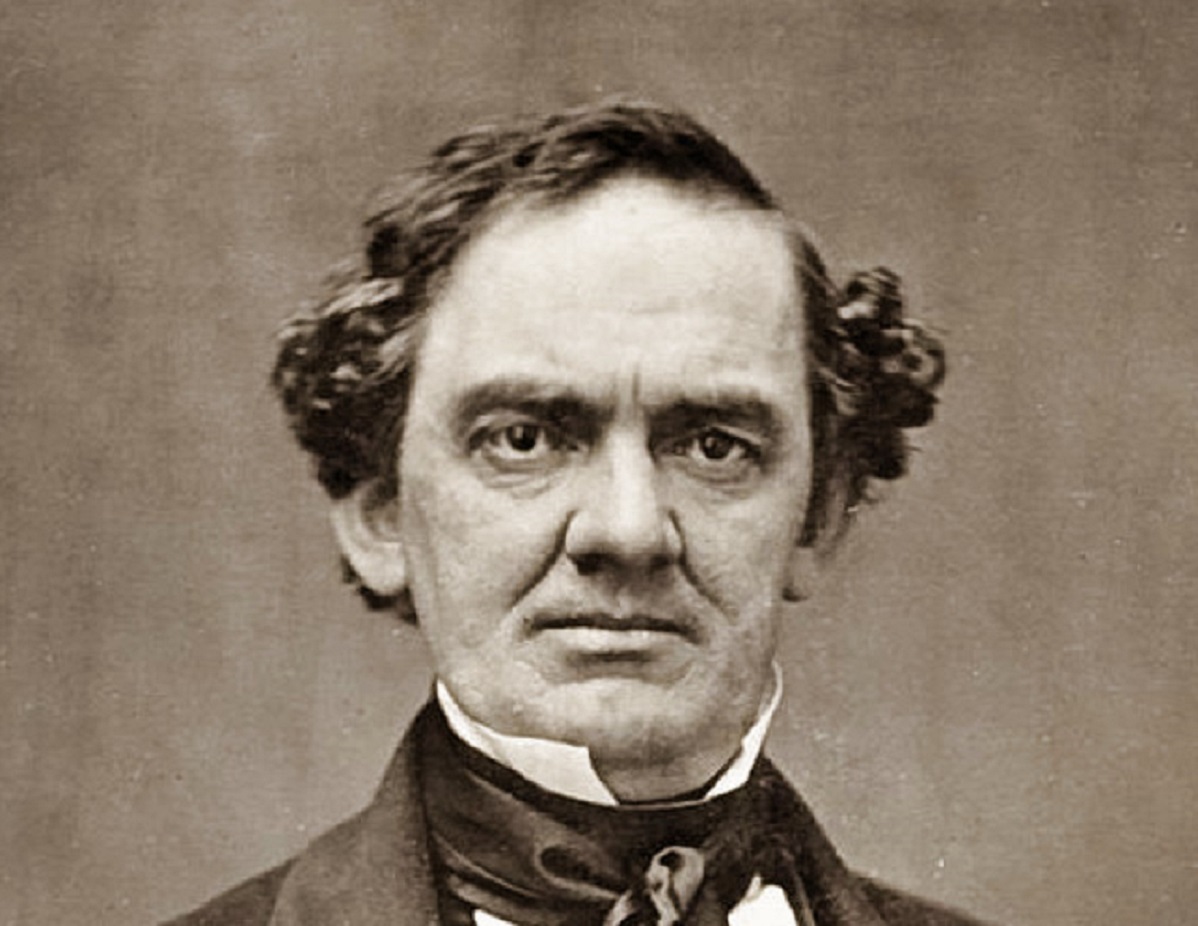 Unknown Author, Wikimedia Commons
Unknown Author, Wikimedia Commons
He Wanted To Buy It
When PT Barnum looked at the Cardiff Giant, all he saw was money. He tried to purchase the sculpture for $50,000 to no avail. So he came up with his own plan for deception.
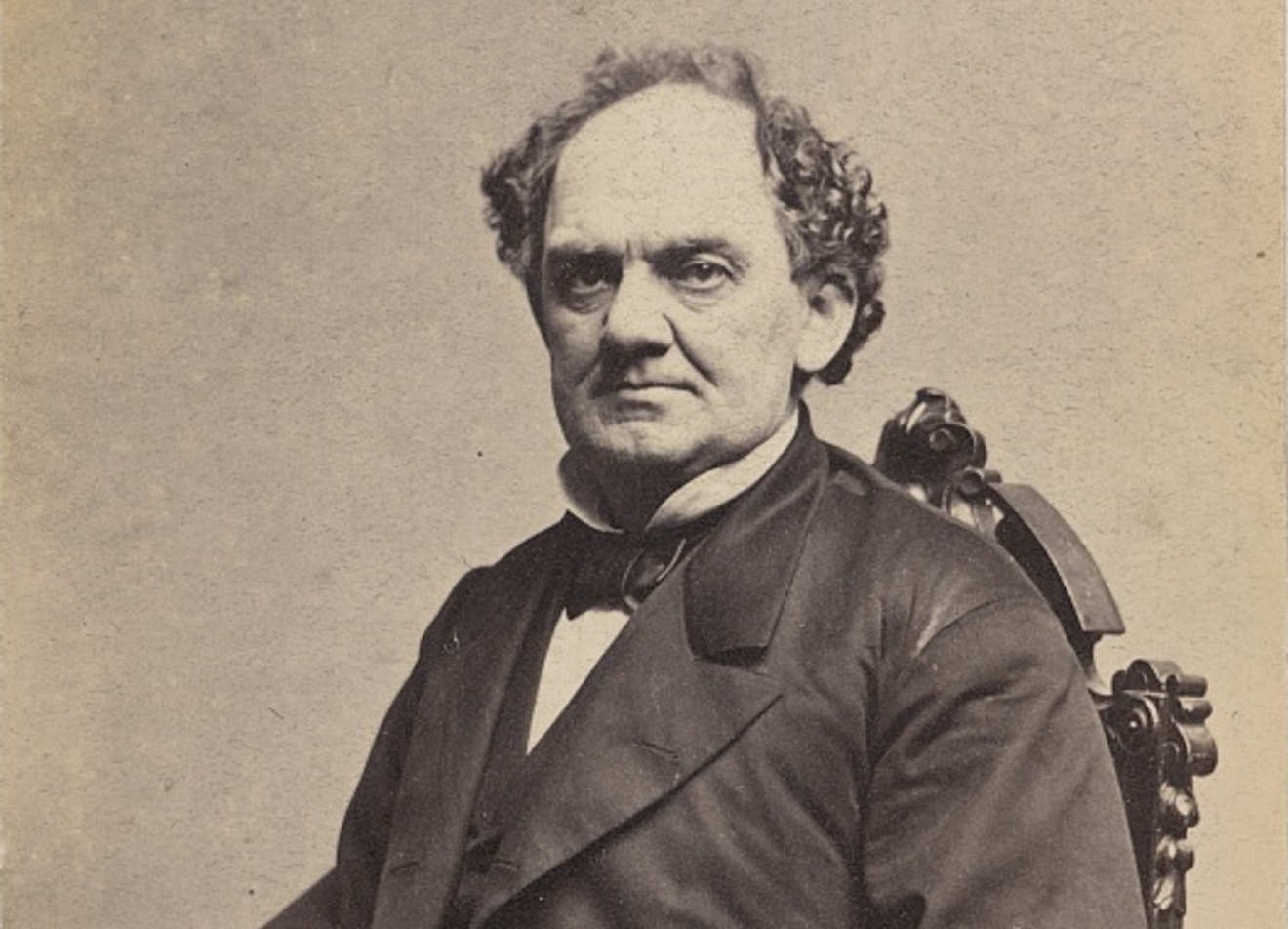 Charles D. Fredricks & Co., Wikimedia Commons
Charles D. Fredricks & Co., Wikimedia Commons
A Master Of Deception
PT Barnum's questionable business practices knew no bounds. He hired someone to fashion a replica of the Cardiff Giant out of plaster.
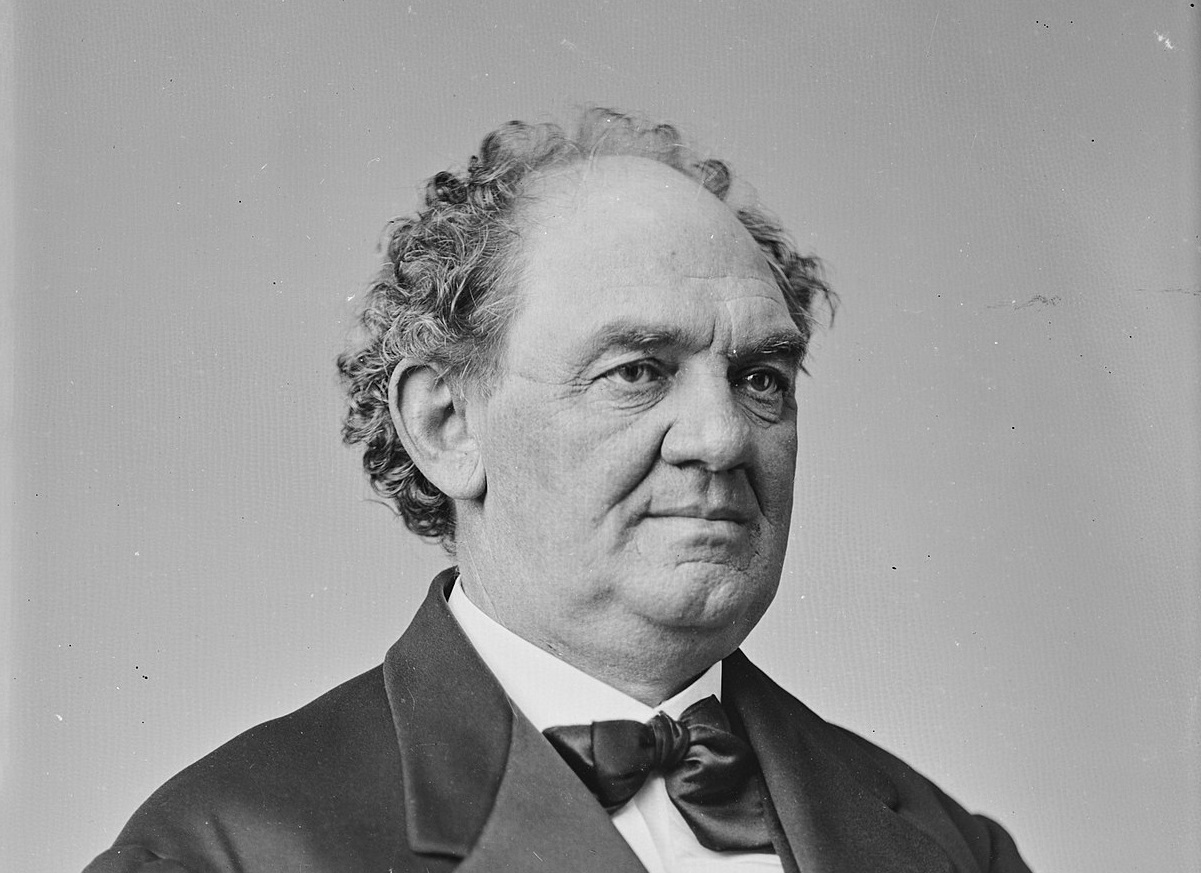 Mathew Brady Studio, Wikimedia Commons
Mathew Brady Studio, Wikimedia Commons
Two Fake Giants
The showman confidently presented his own fake plaster giant in New York—but of course, claimed that the other Cardiff Giant was a phoney.
As we know, both giants were entirely fake.
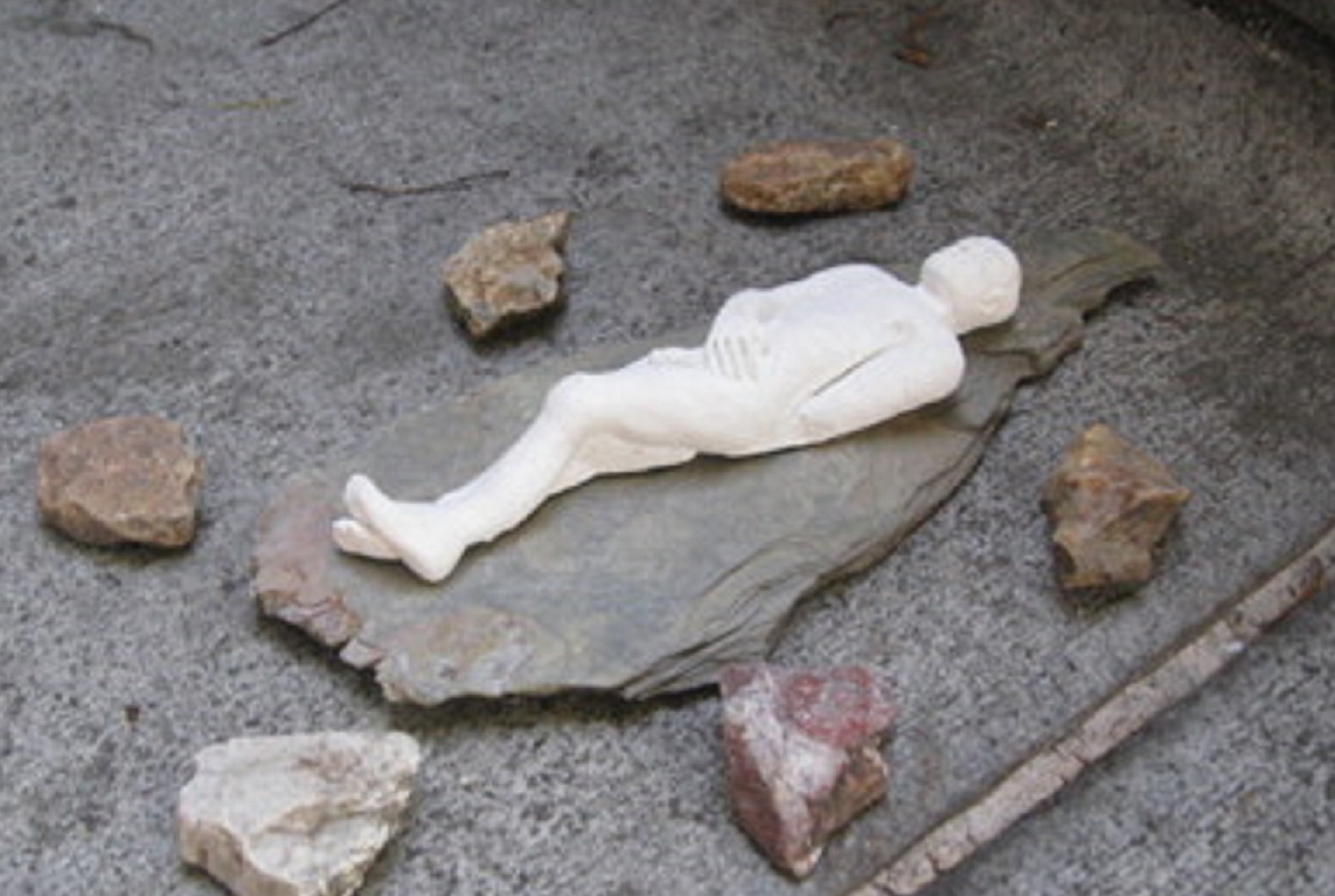 Unknown Author, Wikimedia Commons
Unknown Author, Wikimedia Commons
A Giant Throwdown
Quite ironically, David Hannum, the new owner of the original Cardiff Giant, responded to PT Barnum's claims by criticizing those paying to ogle the showman's giant: "There's a sucker born every minute".
Well, in the end, it was George Hull who held all the cards—and he was about to expose many people as "suckers".
A Satisfying Confession
Finally, on the fateful day of December 10, 1869, George Hull finally came forward with the truth. His jaw-dropping confession exposed both giants as hoaxes in court.
He Called Them Out
George Hull had waited a long time to finally explain his reasons for the Cardiff Giant hoax. He confidently called out the Christian community for their gullible nature, especially their propensity for upholding certain beliefs too readily.
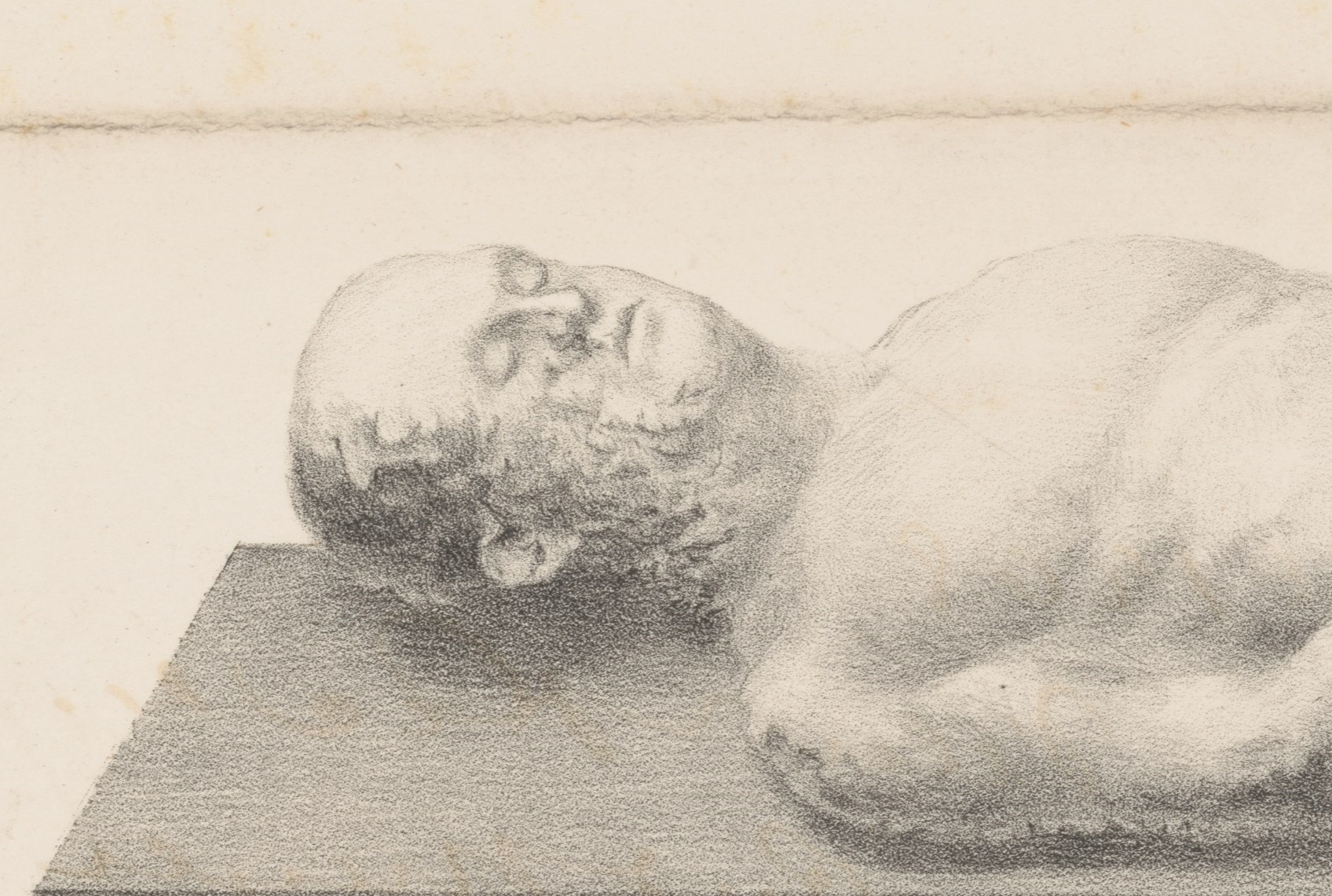 Popular Graphic Arts, Wikimedia Commons
Popular Graphic Arts, Wikimedia Commons
Winning The Argument
But for George Hull, perhaps most satisfying part of the hoax was the fact that his Cardiff Giant flew in the face of the original argument he had with the reverand—that giants had once populated the world.
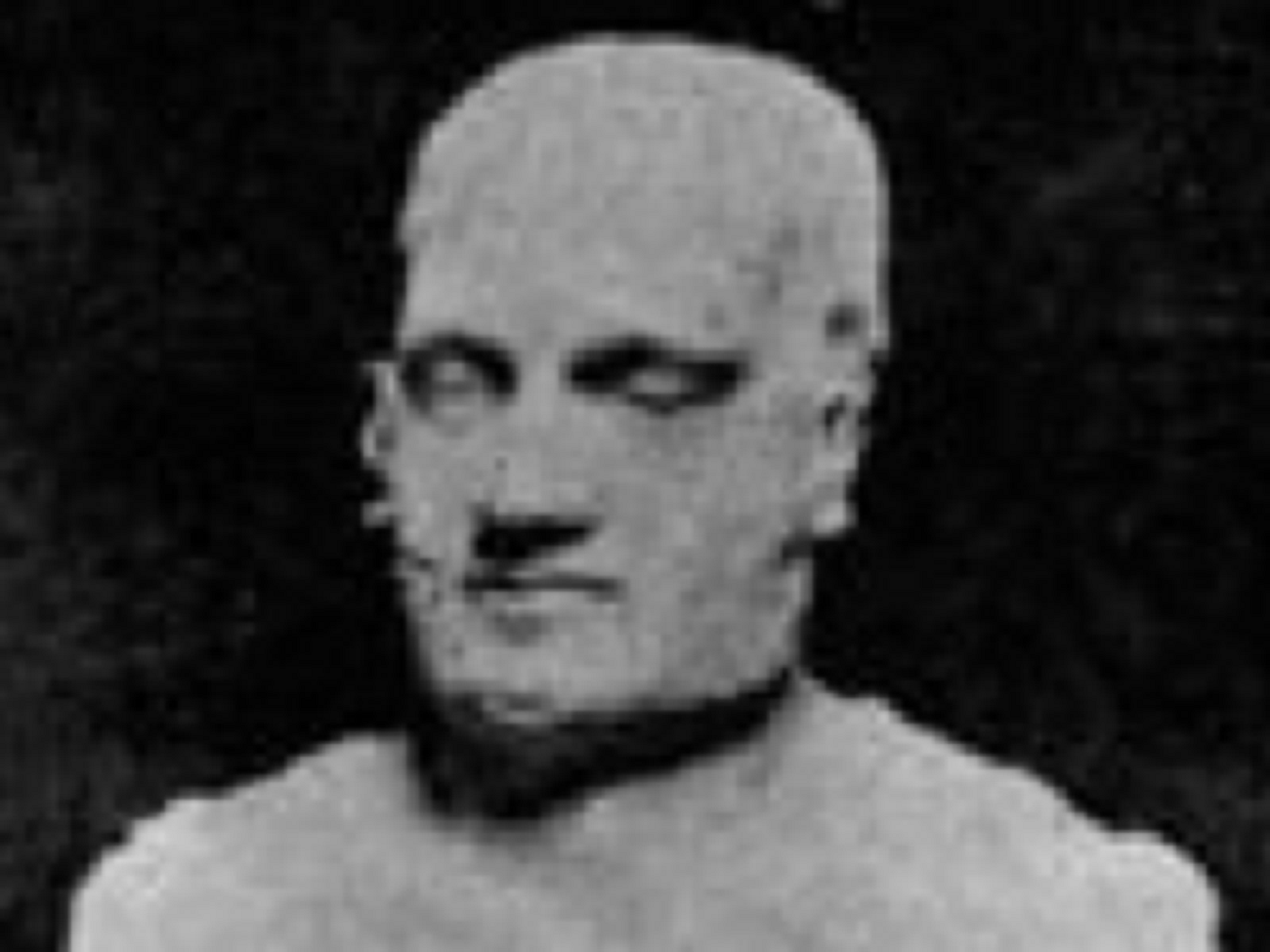 New York State Historical Association Library, Wikimedia Commons
New York State Historical Association Library, Wikimedia Commons
A Dip In Popularity
Since the truth came out in 1869, the Cardiff Giant has had a couple new resting spots.
In 1901, it had a place in the Pan-American Exposition, but wasn't very popular.
 C. D. Arnold, Wikimedia Commons
C. D. Arnold, Wikimedia Commons
It Became A Coffee Table
Gardner Cowles Jr, an Iowa publisher, purchased the Cardiff Giant for a rather amusing reason. He wanted it to be an interesting piece of decor—a coffee table for his game room.
However, the giant wasn't doomed to hold beverages forever.
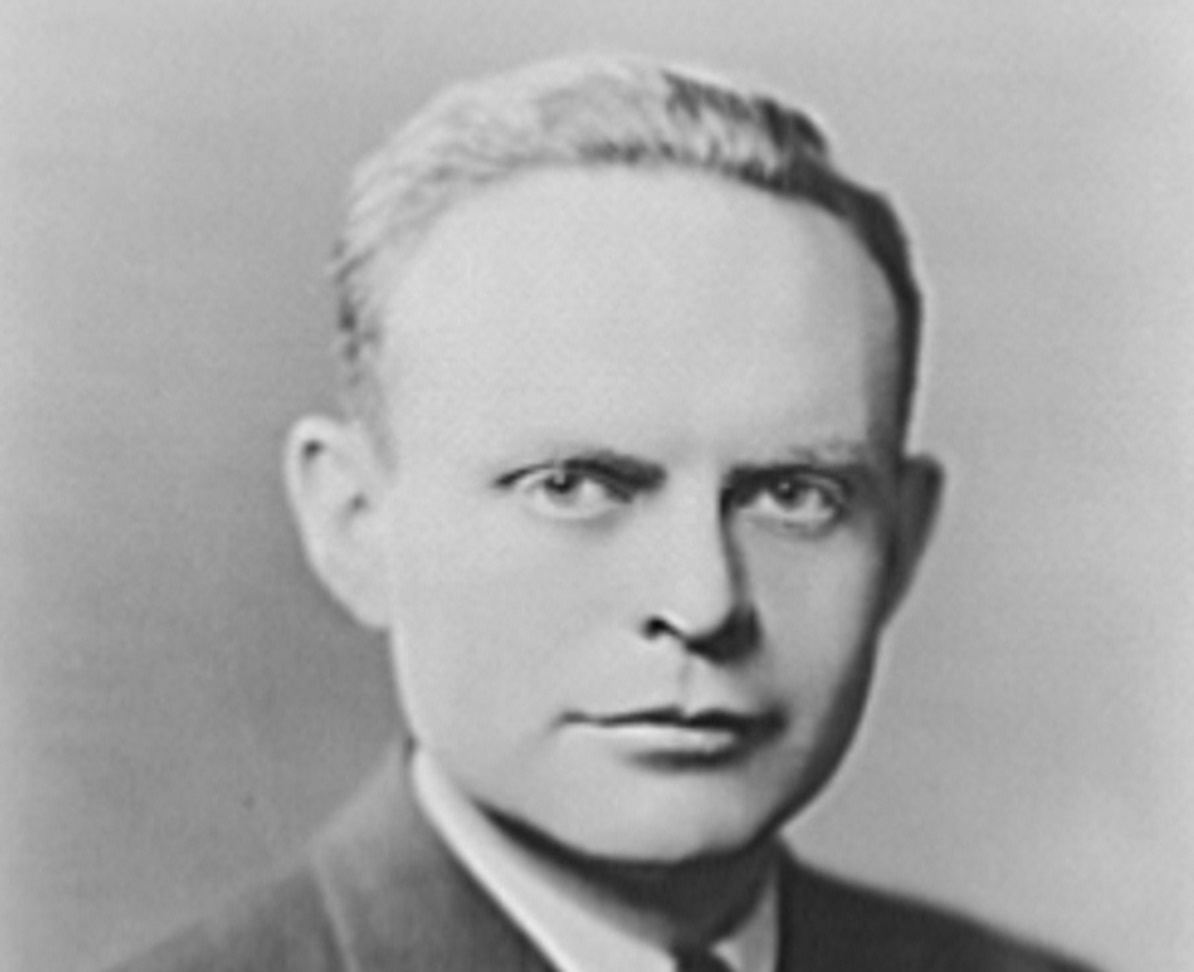 Howard Liberman, Wikimedia Commons
Howard Liberman, Wikimedia Commons
Where To Find It Today
These days, the infamous Cardiff Giant can be found in Cooperstown, New York, where it's displayed at the Farmers' Museum.

